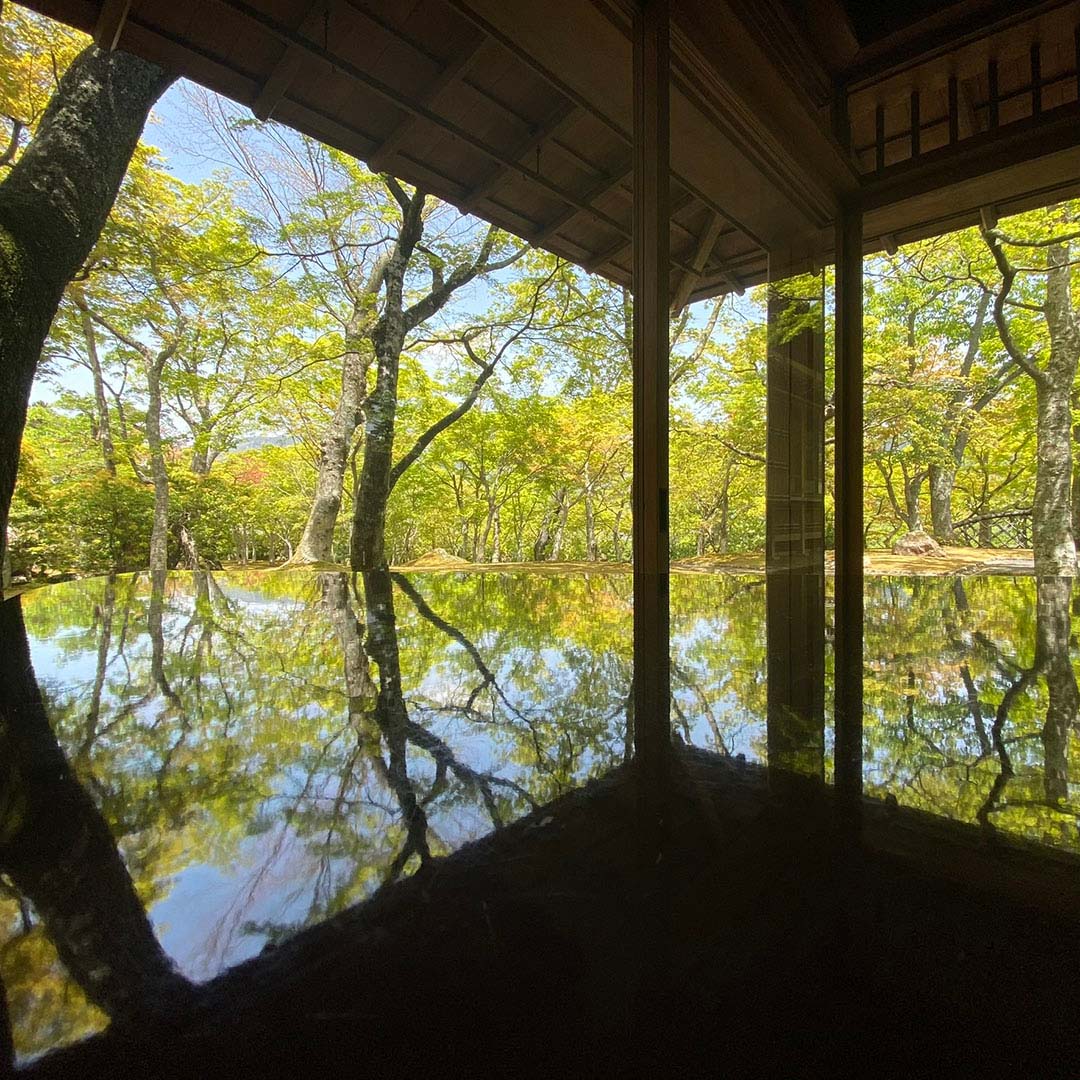
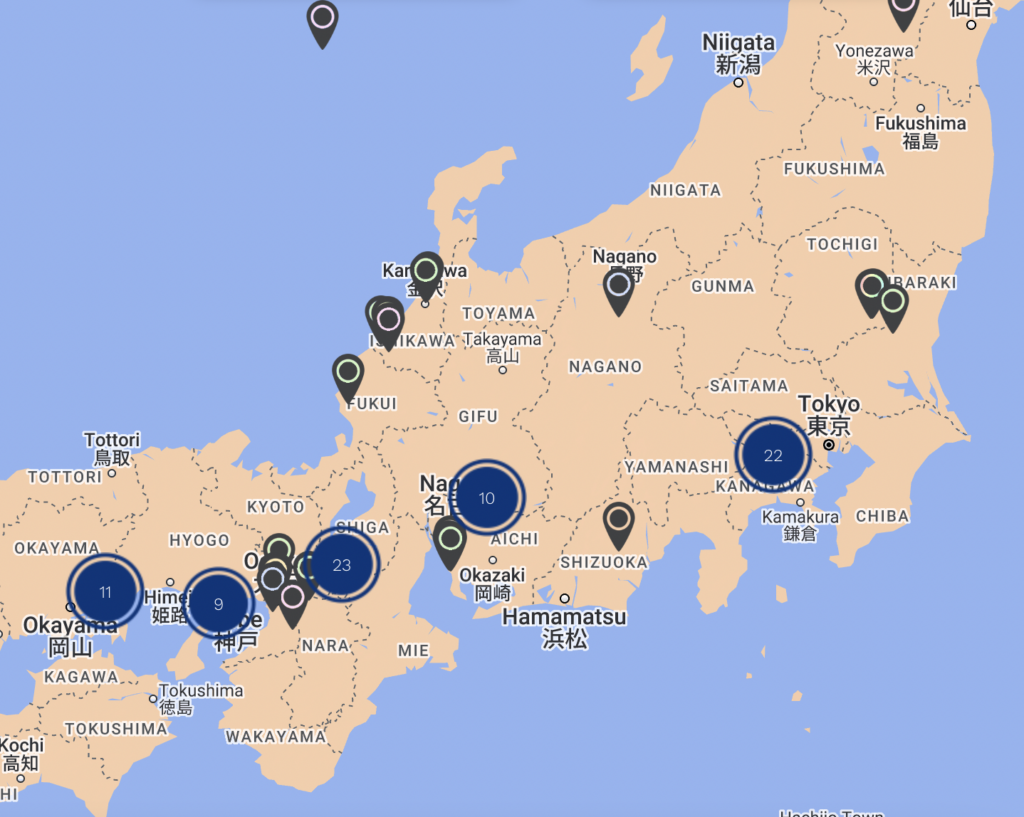
To see all the destinations listed in this guide and other ceramic sites in Japan, check out CERAMIC WORLD DESTINATIONS (CWD), MoCA/NY's interactive map listing over 4,000 ceramic destinations!
Check out the first installment of our two-part Tokyo guide, where we explore 72 Hours in Tokyo.This feature extends the journey with curated suggestions for day trips beyond the city—highlighting the often-overlooked historical and contemporary clay destinations and exceptional restaurants in the surrounding areas. The authors felt these vibrant, significant locations deserved more attention and sought to bring them into the spotlight.
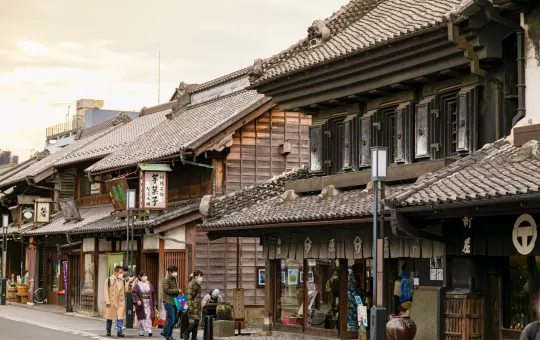
The city of Kawagoe in Saitama Prefecture is an underrated gem less than an hour by train north of Tokyo. Known as Little Edo (Koedo), the city prospered as a commercial and transshipment center for Edo, the former name of Tokyo. Kawagoe escaped the bombings of WWII, and its old streets have remained largely unchanged, preserving the historic atmosphere of the Edo and Meiji periods.
11 AM: UTSUWA NOTE
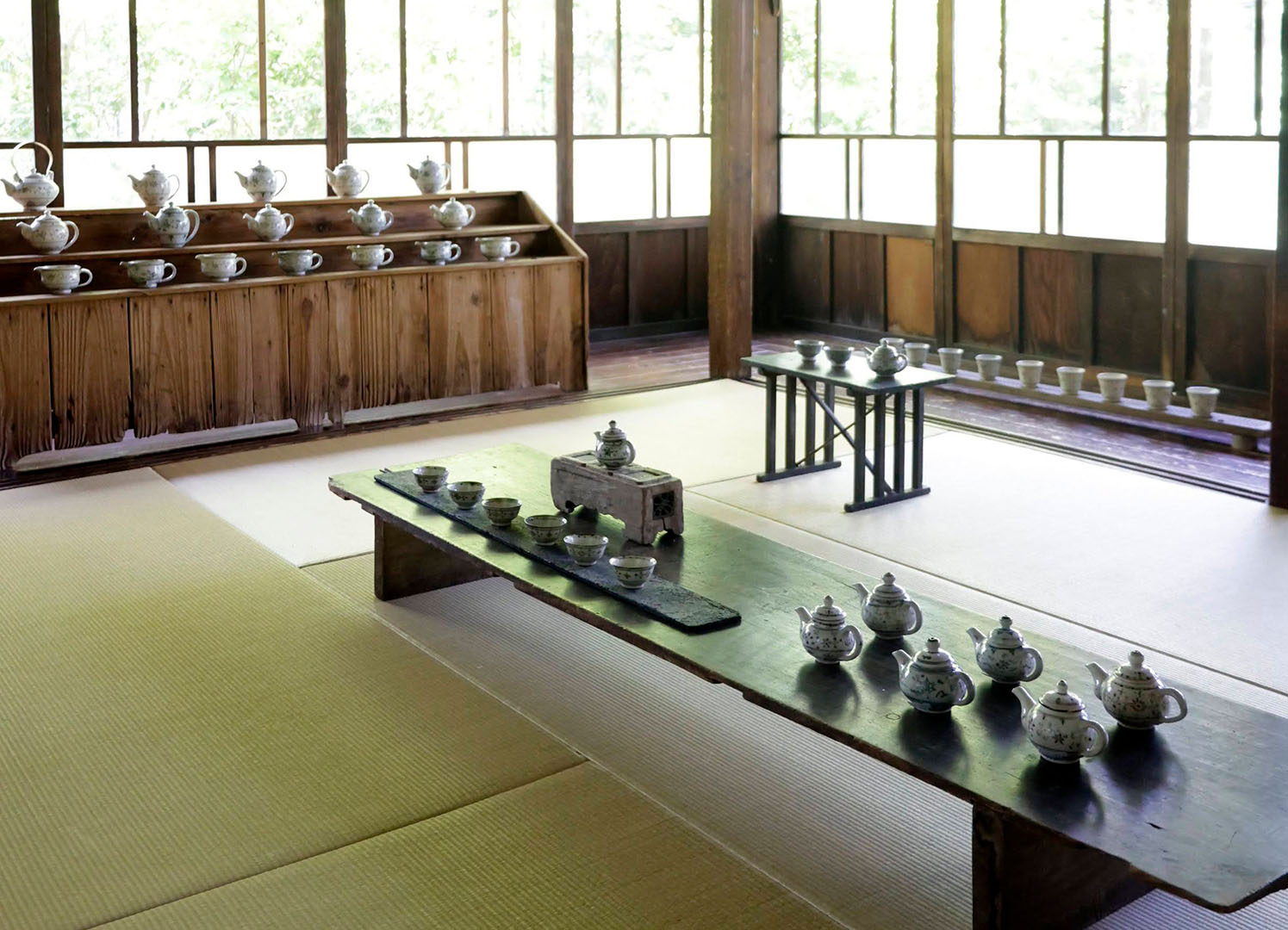
For six years, while working at a company, Takeaki Matsumoto documented his passion for collecting ceramics on his blog, Utsuwa Note. As a devoted ceramic enthusiast, his blog attracted many admirers, establishing him as a pioneer in the field and earning him a dedicated following.
In 2011, he transitioned into a professional role by opening Gallery Utsuwa Note inside Akebonokan, a 90-year-old Western-style house designated as an important urban landscape edifice by the city of Kawagoe, near the gate of Kita-in Temple. Today, the shop is renowned for its unique spirit, where visitors can intimately experience the owner’s deep devotion to ceramic artistry and explore the future of ceramics together. It is well known that artists bring some of their finest works to the gallery.
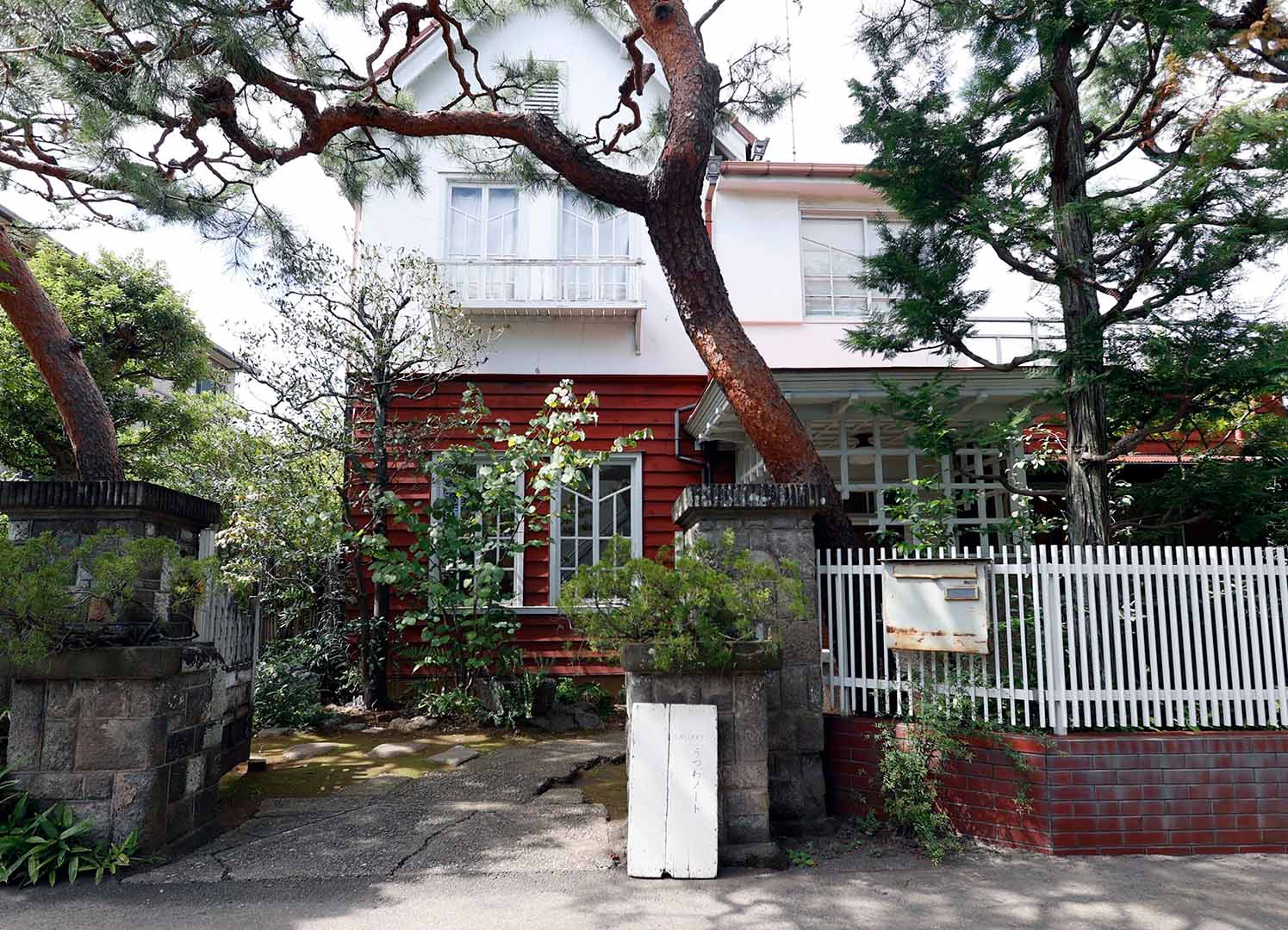

12:00 PM: AZUMAYA & ICHINOYA
Founded in 1868, the first year of the Meiji era, this historic eel restaurant sits behind Kita-in Temple. Resembling a 90-year-old traditional inn, it serves charcoal-grilled eel dipped in a light, mildly sweet sauce unchanged since its opening.
For those who couldn’t get into Azumaya, we recommend another popular restaurant—Ichinoya—a historic eel establishment founded in 1832. Here, the art of craftsmanship shines through in every bite, with carefully prepared domestic eel grilled over binchotan charcoal and glazed with a secret sauce passed down through generations.
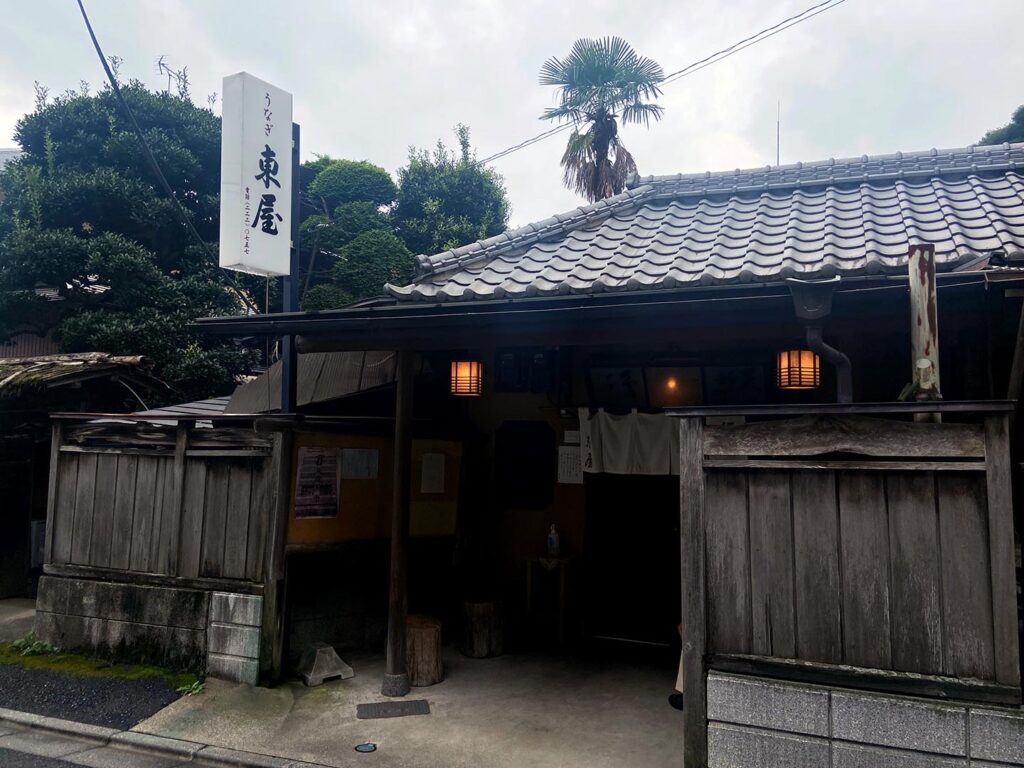
1:30 PM: KITAIN
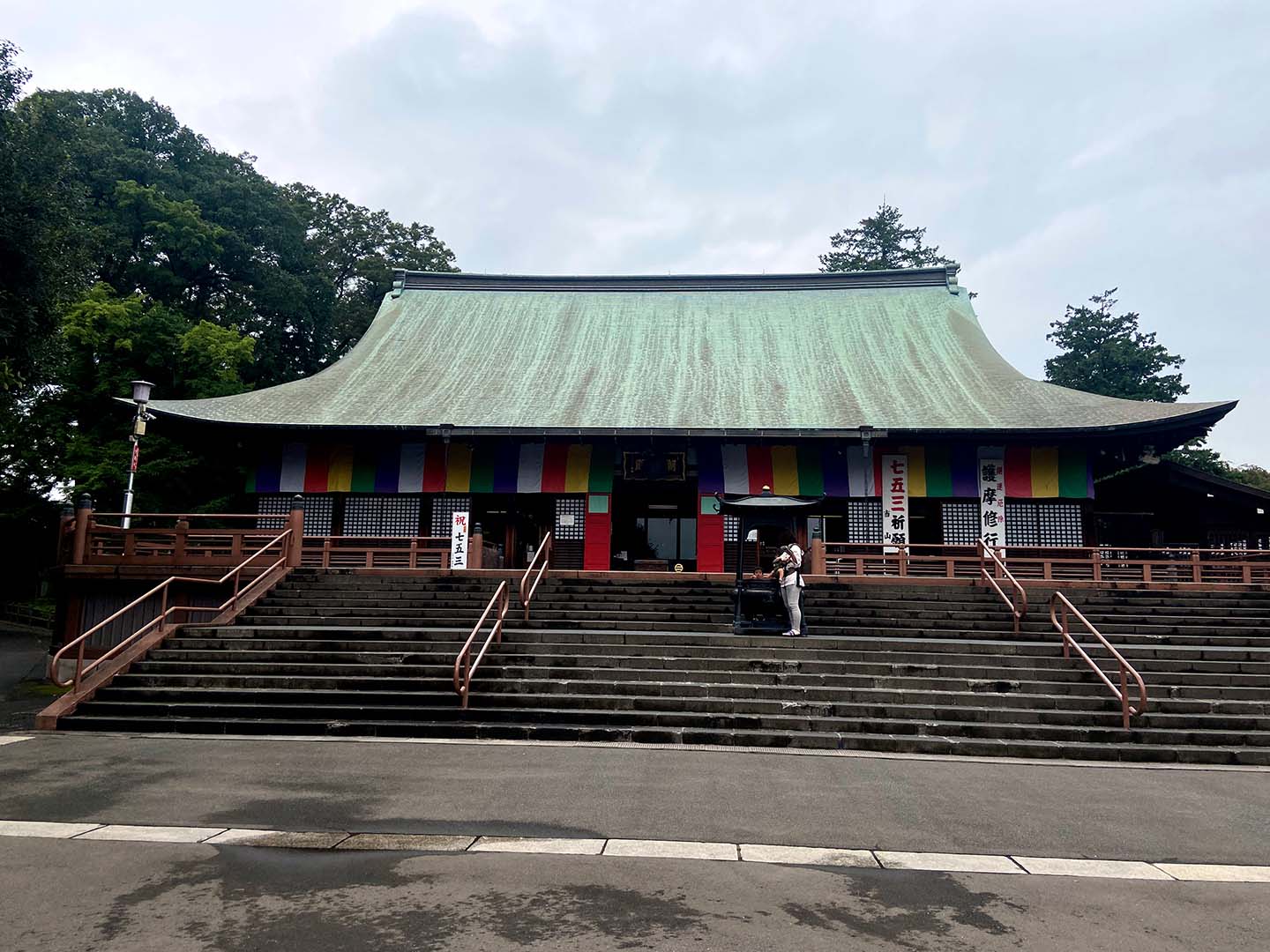
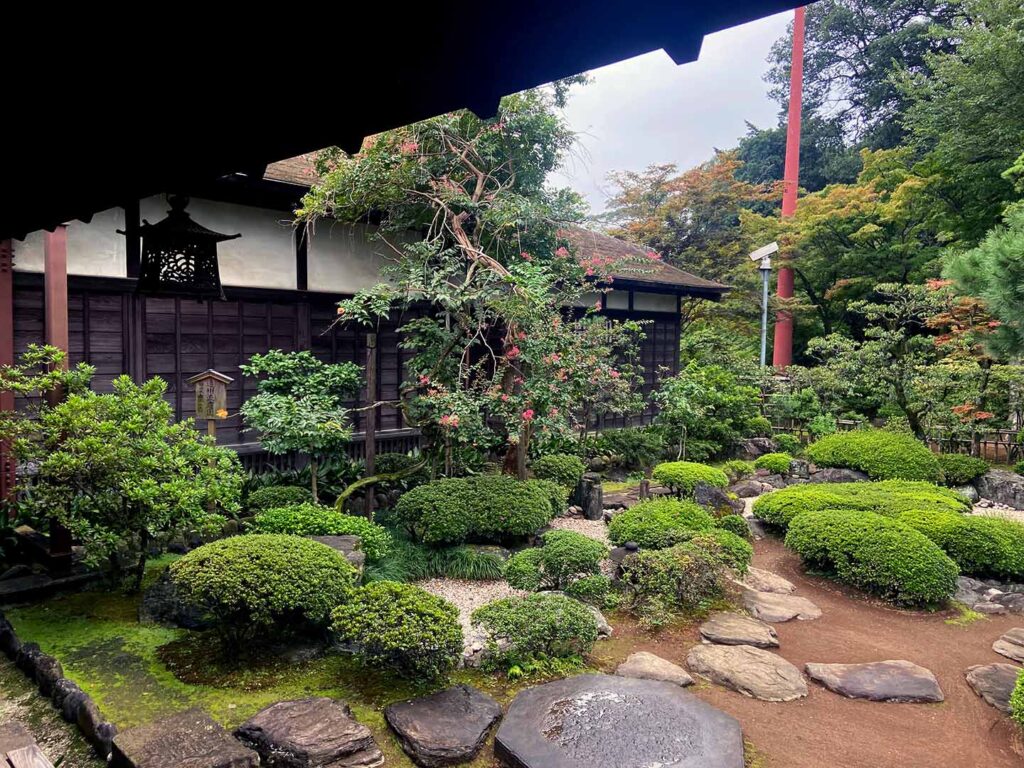
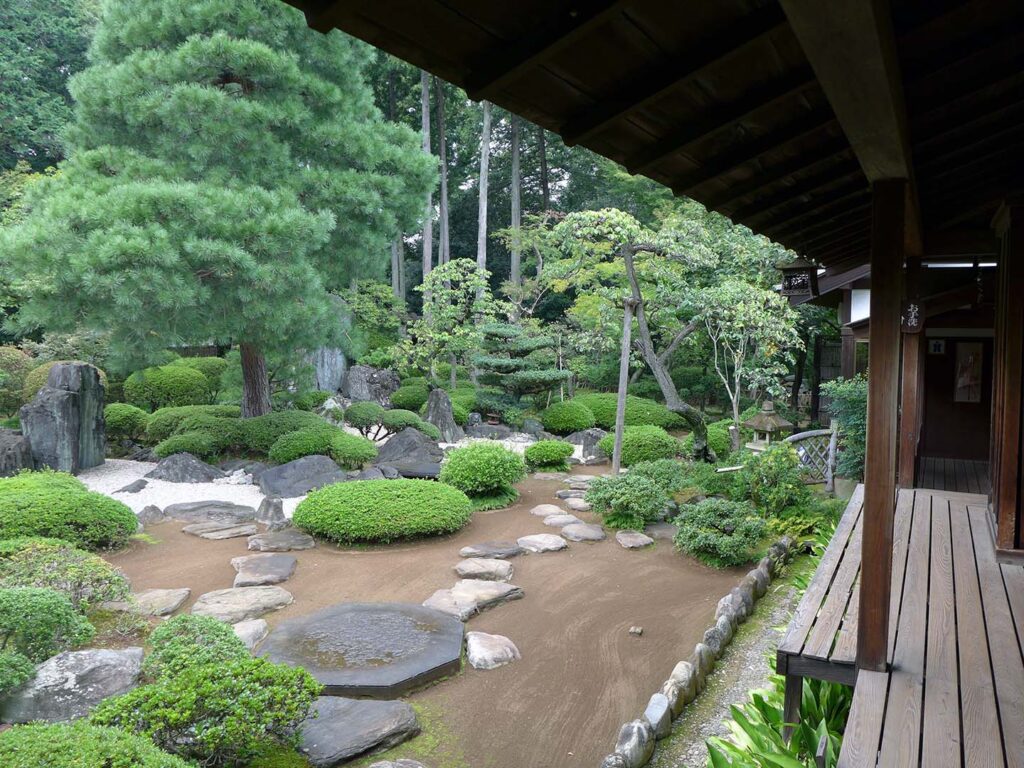
The templehas several pavilions relocated from Edo Castle (now the Imperial Palace). These are important cultural properties originally built between the 15th and 16th centuries.
At the reception hall (Kyakuden), there is a room believed to be the birthplace of Shogun Iemitsu Tokugawa. From Kyakuden, you can enjoy a view of the recreated Momijiyama Garden in the Enshū style, originally designed by Enshū Kobori, who inherited the main tradition of the Way of Tea from Sen no Rikyū and Furuta Oribe.
Beside the garden, the makeup room of Shogun Iemitsu's wet nurse, Kasuga-no-Tsubone, is also open to the public. The Inaba Tenmoku tea bowl, displayed at the Seikado Bunko Art Museum, was bestowed upon Kasuga-no-Tsubone by Shogun Iemitsu Tokugawa. One can imagine her admiring the Inaba Tenmoku in this very room.
3 PM: KOEDO KAWAGOE ICHIBANGAI
The streets are lined with black-plastered warehouses built after the great fire of the Meiji era. We recommend exploring the food shops along Kashiya Yokocho (Candy Shop Alley) or visiting Toki-no-Kane (Time Bell Tower), a symbol of the city.
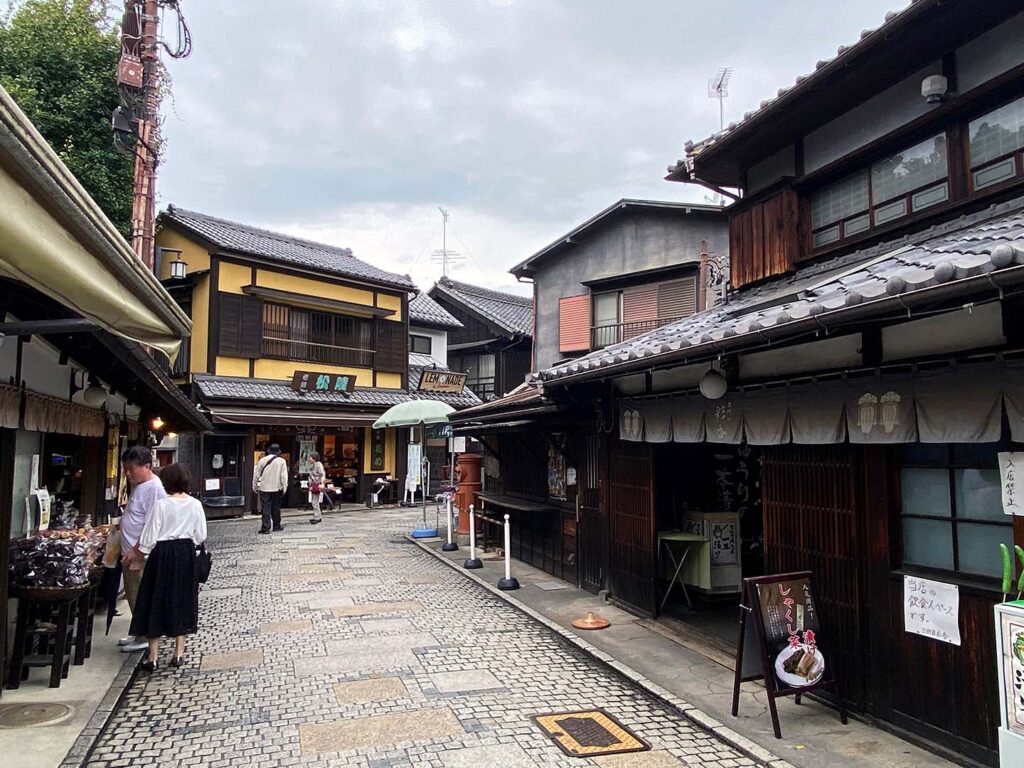

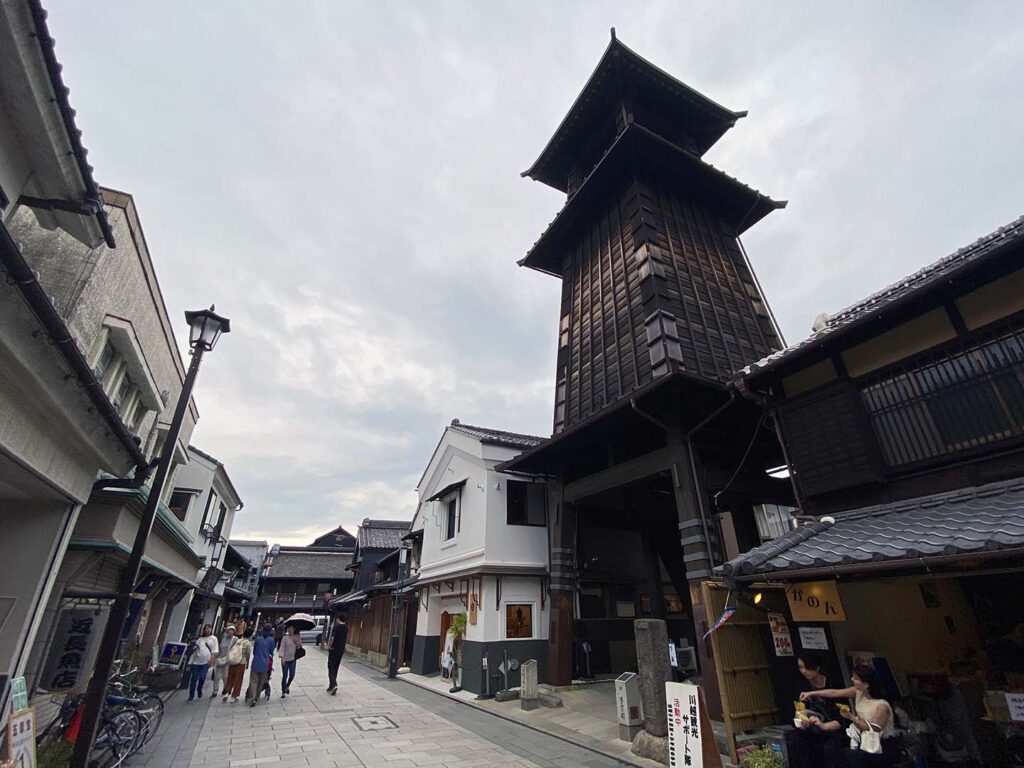
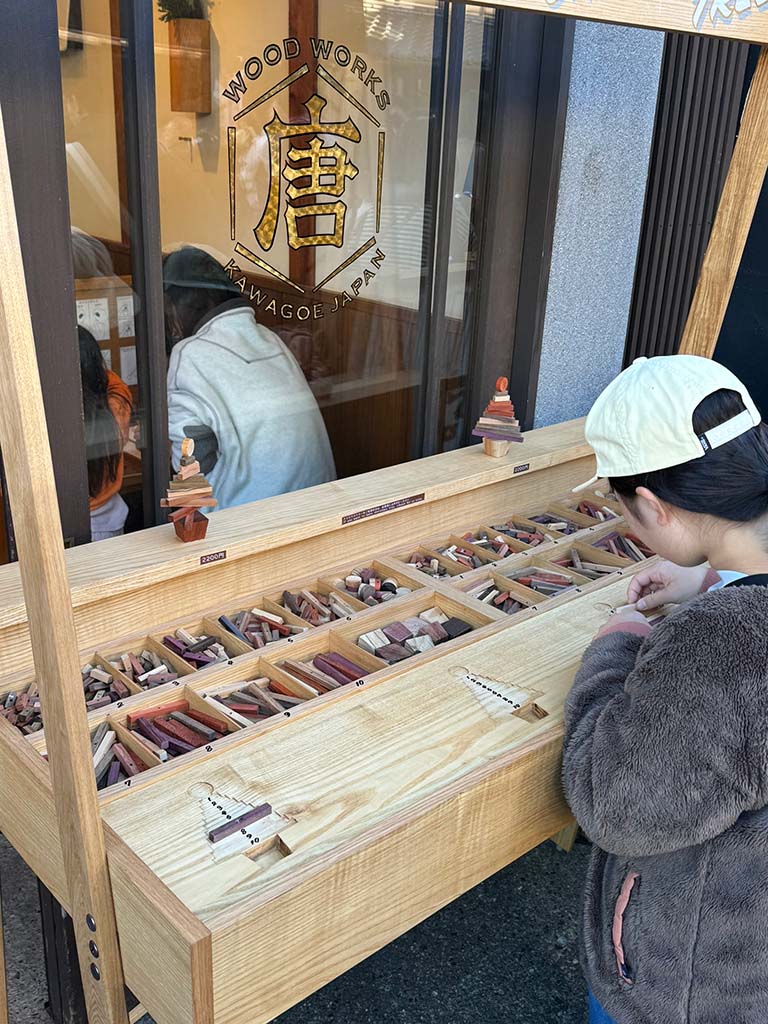
4 PM: KARAKI MOKKOU
Karaki Woodworking offers a hands-on experience where you can craft your own chopsticks from a selection of 16 different types of wood.
Conveniently located just across from Kawagoe's iconic Time Bell Tower, this workshop promises a fun and memorable activity. Don’t forget to book online in advance!
5 PM: DINNER AT KAWAMURAYA KAWAGOE OR SUZUNOYA
Kawamuraya Kawagoe offers a delightful twist on sushi with its Temari sushi made with Japanese pickles. Unlike traditional fish sushi, Temari sushi is round, colorful, and beautifully decorative—perfectly paired with sake. Don’t forget to take plenty of photos!
Suzunoya is a cozy izakaya housed in a renovated 70-year-old tenement, offering a warm and welcoming atmosphere. The menu features seasonal vegetable dishes, oden, sake, and refreshing fruit-based drinks. Oden, a traditional Japanese dish, is made by simmering ingredients like konjac, boiled eggs, and Japanese radish in a savory broth. The restaurant opens at 2 p.m.—come early to savor the flavors of the season.
To return to Tokyo: After dinner, take the Seibu Limited Express from Honkawagoe Station, bound for Shinjuku, for a convenient journey back to the city.
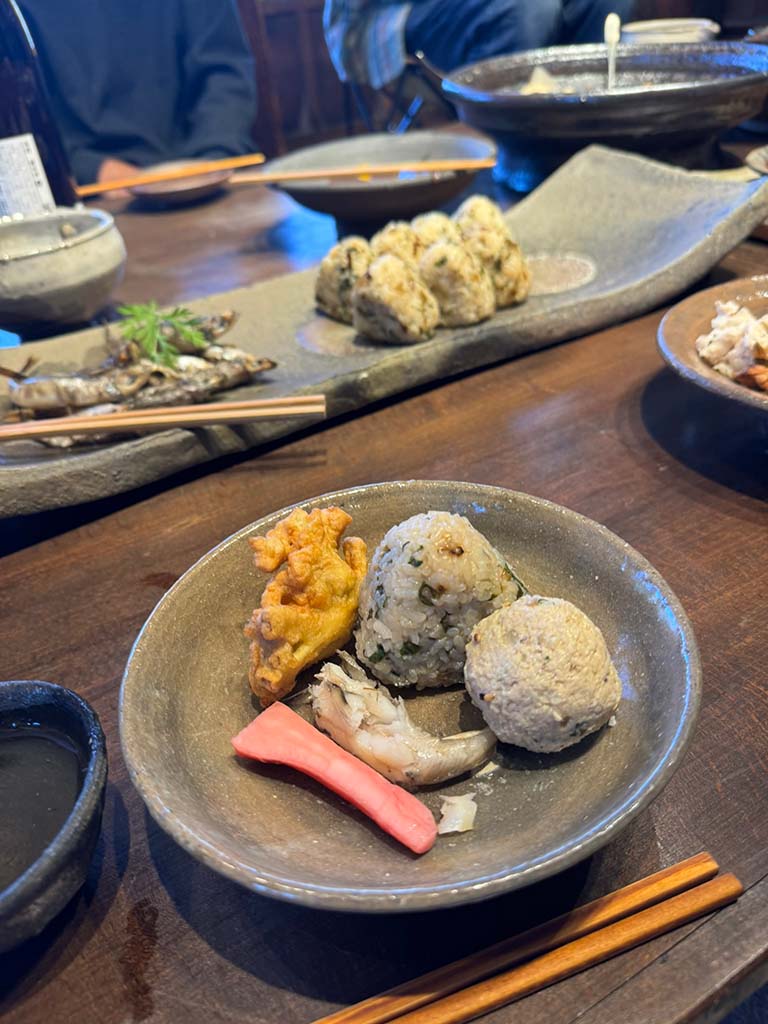
Just an hour south of Tokyo by train, the seaside city of Kamakura is one of Japan’s ancient capitals, alongside Kyoto and Nara. While Kamakura draws many daily visitors for its Great Buddha, historic Zen temples, and Shinto shrines, it is also beloved for its beaches, refreshing sea breeze, and the charming Komachi Dori—a vibrant street in the heart of the old town known for gourmet delights and boutique shopping.
10 AM: MEIGETSUIN TEMPLE
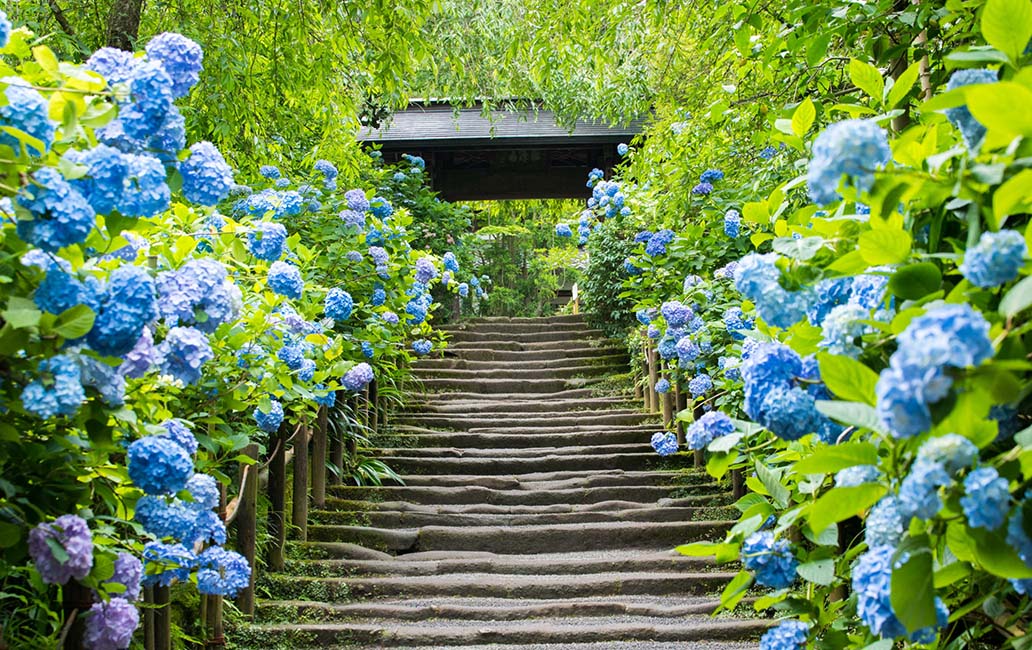
Founded in 1160, Meigetsuin Templeis known as the Hydrangea Temple for its vibrant blue hydrangeas that bloom in June’s rainy season. It is Japan’s most famous hydrangea temple. In the garden behind the main hall, irises bloom in June, while autumn foliage peaks in December.
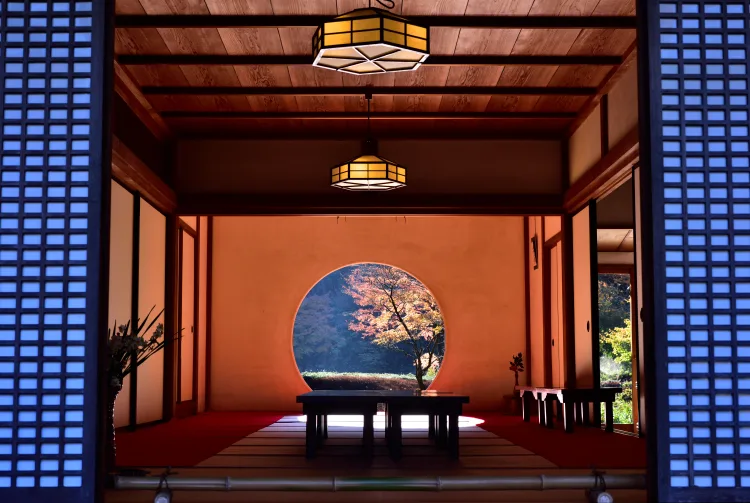
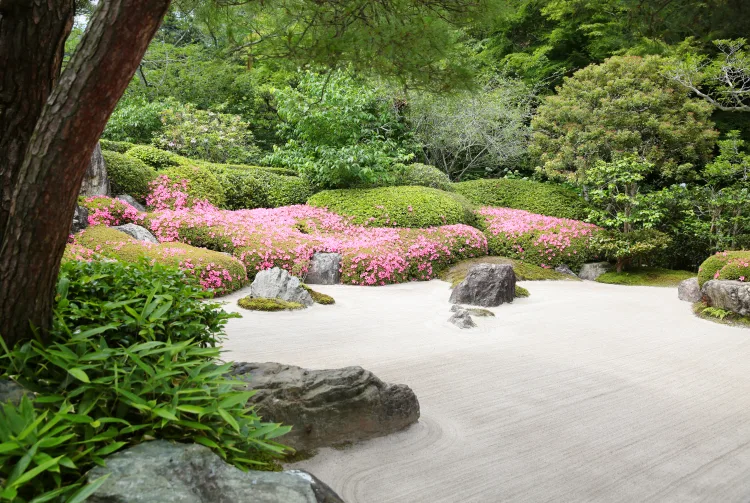
12 PM: KOSUZU
A shop specializing in handmade soba noodles and kuzumochi. The menu includes pictures, making ordering easy. This unpretentious eatery serves housemade soba, traditional Japanese noodles made primarily from buckwheat flour, along with warabimochi confections.
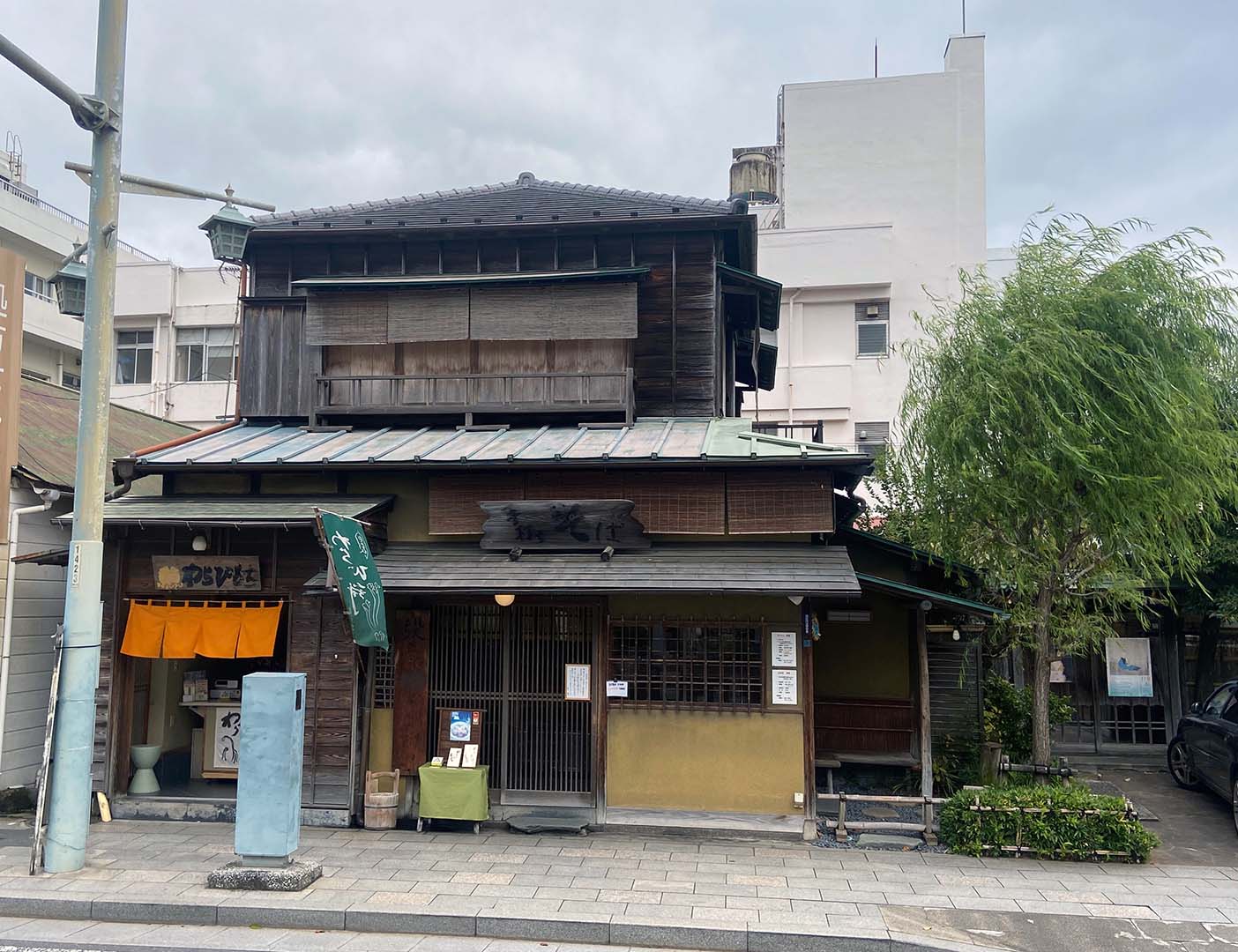
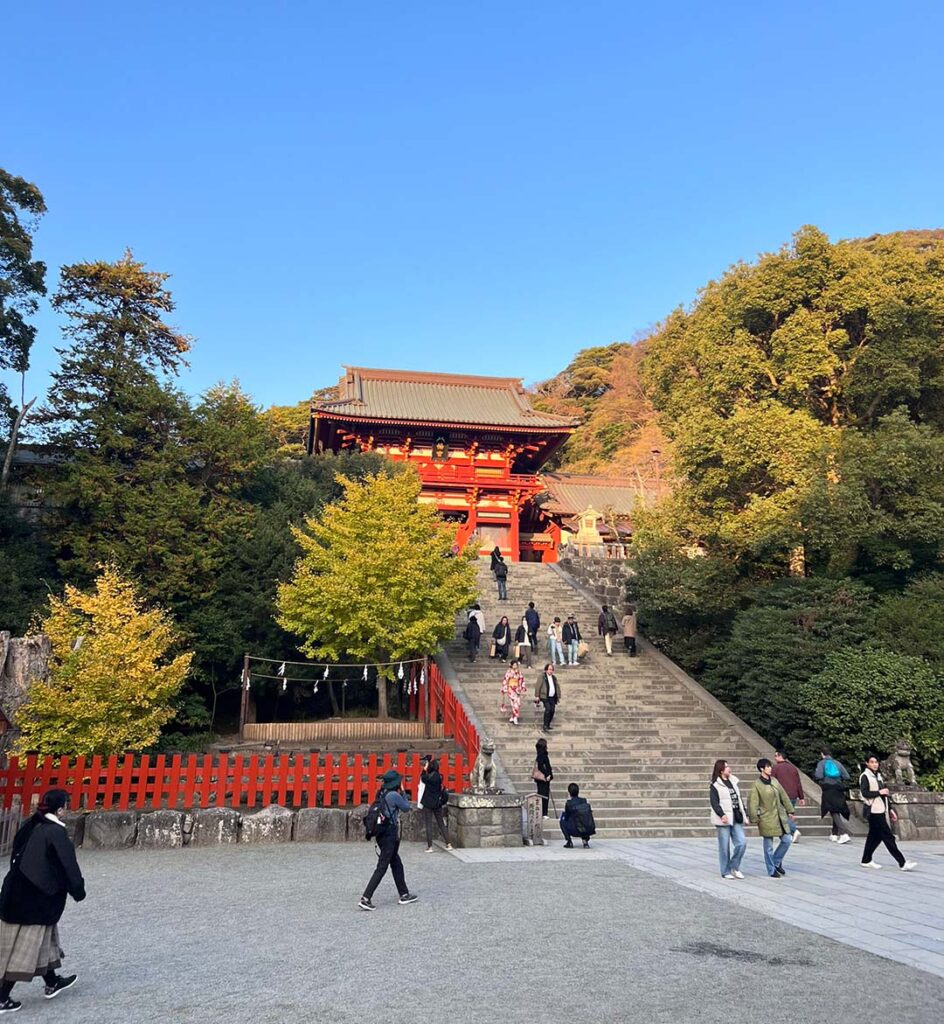
1 PM: TSURUGAOKA HACHIMANGU
Built in the late 11th century, Tsurugaoka Hachimangu Shrineis revered as the guardian deity of samurai warriors. After ascending the 61-step stone staircase, visitors pass through the Sakura Gate to reach the main shrine.
At the entrance, Genpei-ike, a divided lotus pond, is home to carp, turtles, and waterfowl.
2 PM: YAECA INK GALLERY
In the hills of Kamakura with stunning sea views, Tokyo-based fashion brand Yaeca has opened a galleryinside a spacious private villa designed by modernist architect Junzo Yoshimura, known in the U.S. for the Japan Society in New York.
The gallery hosts occasional handicraft exhibitions, personally and passionately curated by the brand's chief designer. Access is only by taxi.
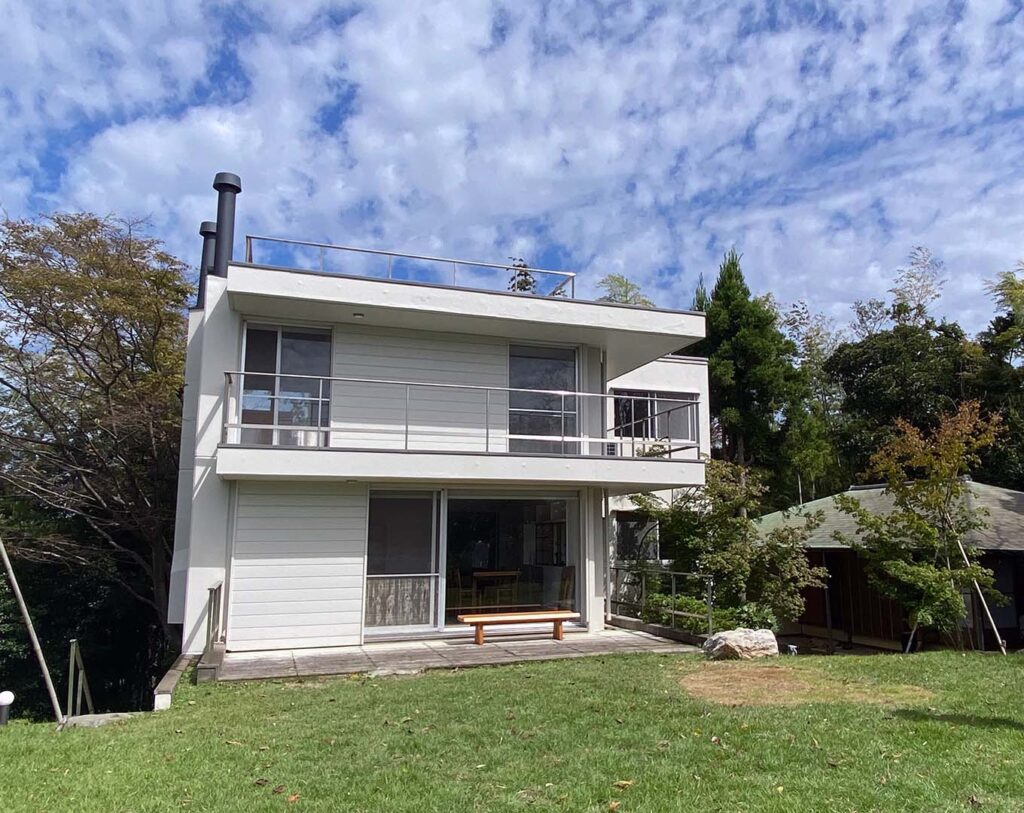
3 PM: THE GREAT BUDDHA
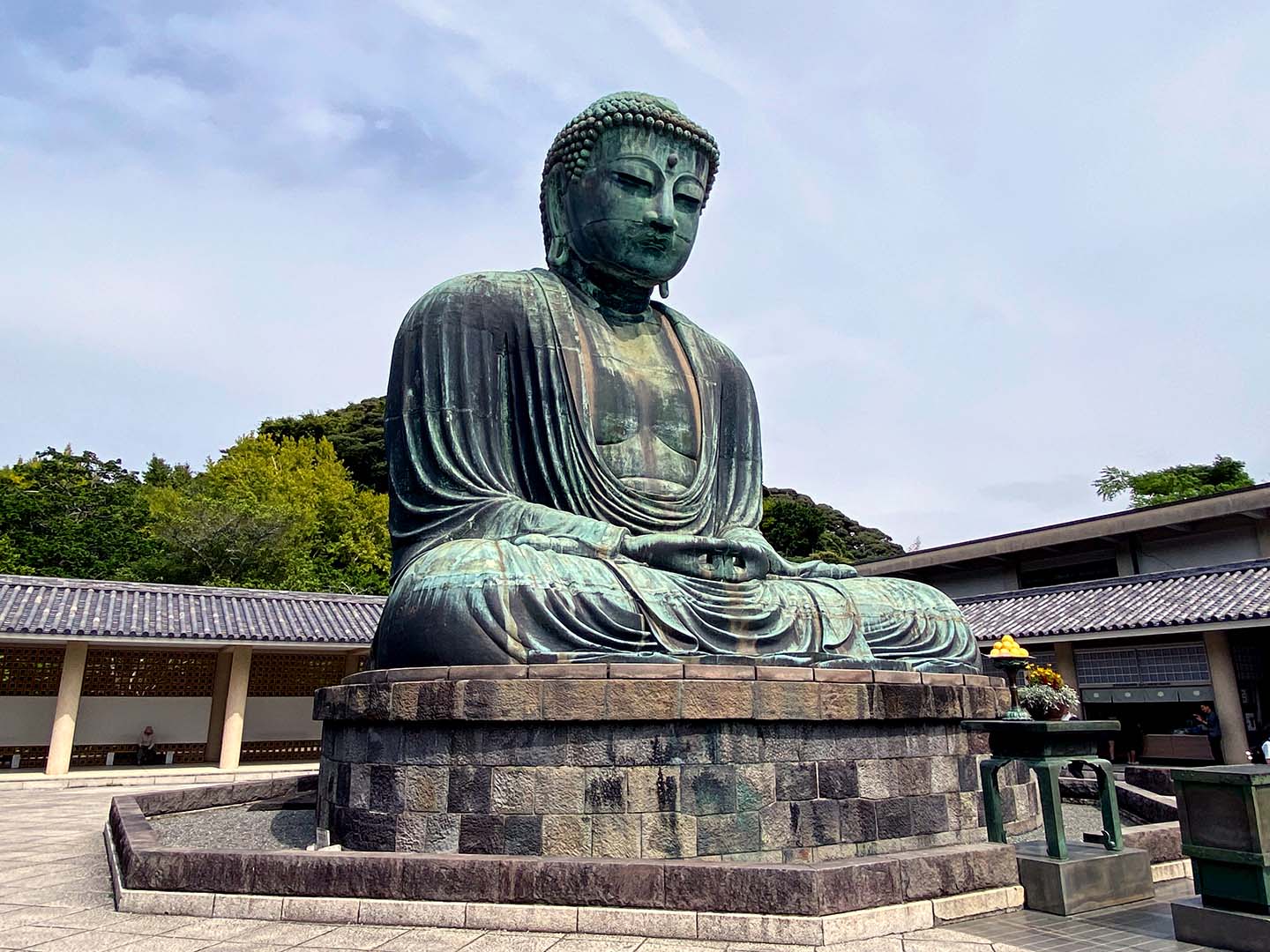
The Great Buddha of Kamakura, a national treasure, is a massive bronze statue of Amida Nyorai ('Buddha of Limitless Light'). Standing 11.3 meters tall and weighing about 121 tons, it has been open to the elements since the 15th century.
Construction began in 1252 with public donations, and the statue was originally housed in a Great Buddha Hall. However, the hall was destroyed by typhoons in 1334 and 1369, and a major earthquake in 1498. Remarkably, 772 years later, the Buddha remains largely unchanged—a testament to Japan’s historical Buddhist artistry. Visitors can even step inside the statue.
4:30: UTSUWA SHOKEN
Utsuwa Shokenis a pioneering gallery specializing in contemporary ceramics for everyday use. It operates two permanent stores—Utsuwa Shoken onariNEAR (small) and Utsuwa Shoken KAMAKURA Concierge (larger)—along with Utsuwa Shoken KAMAKURA, a dedicated space for solo exhibitions, all located near Kamakura Station. The gallery offers a diverse selection of tableware by leading contemporary ceramic artists.
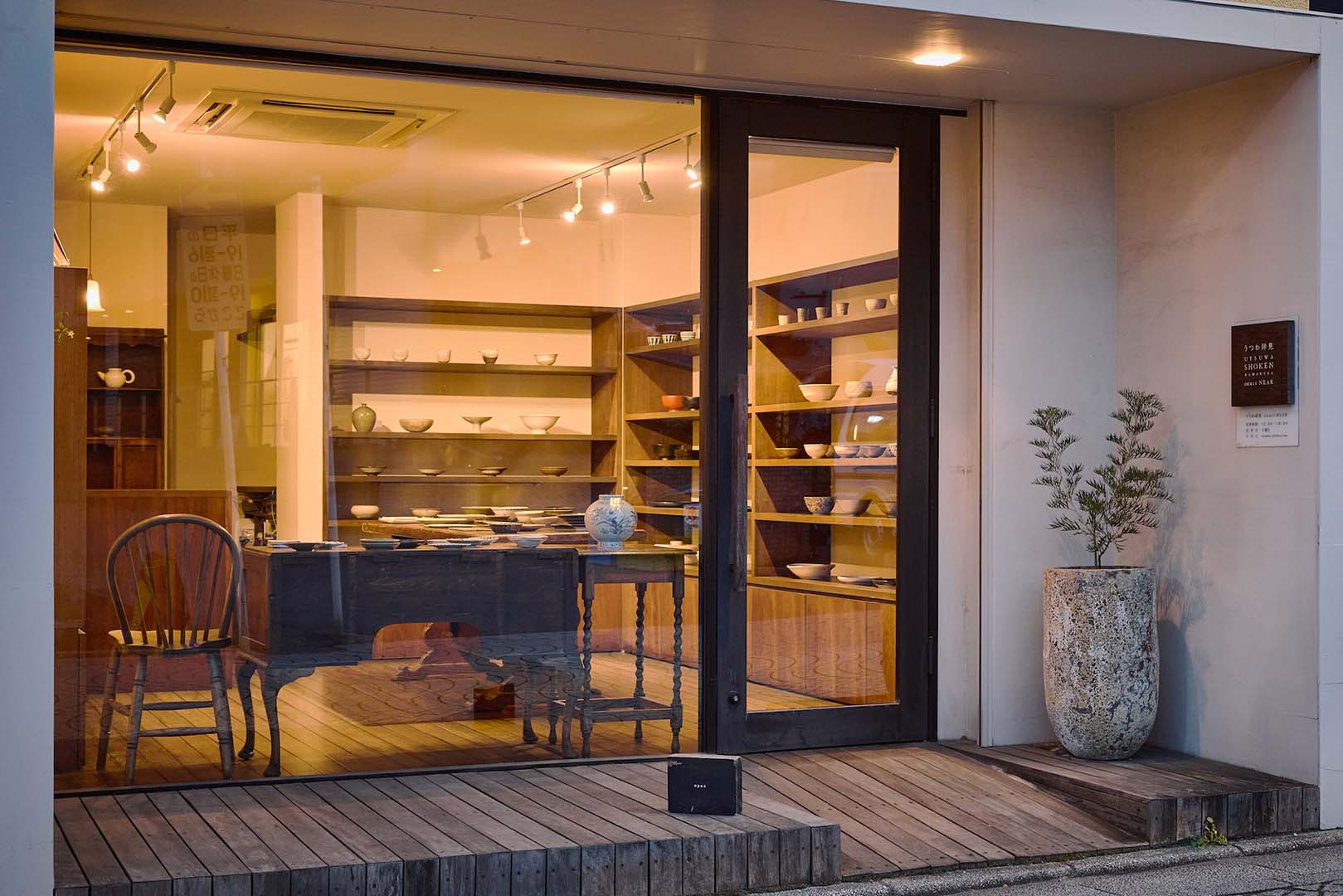
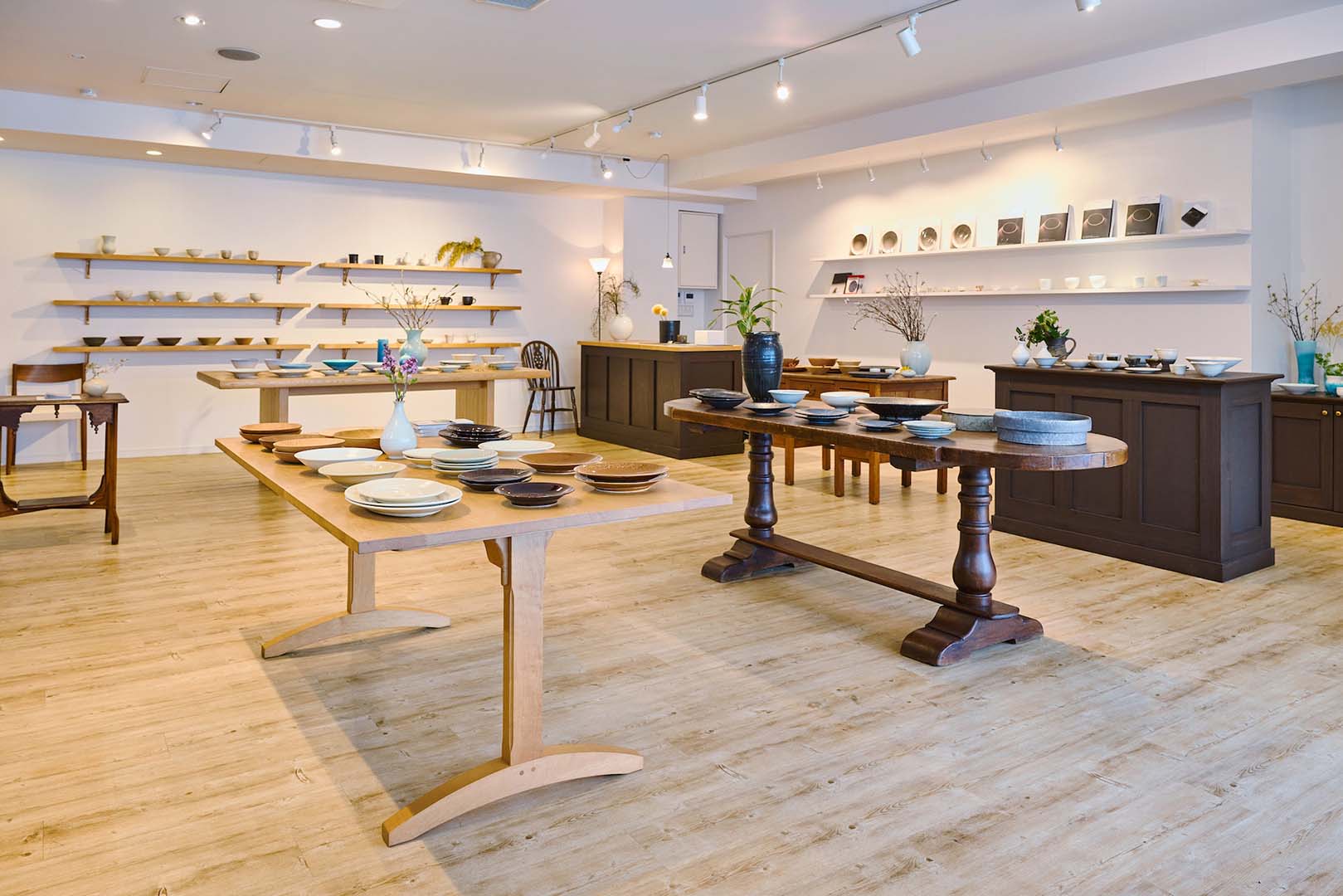
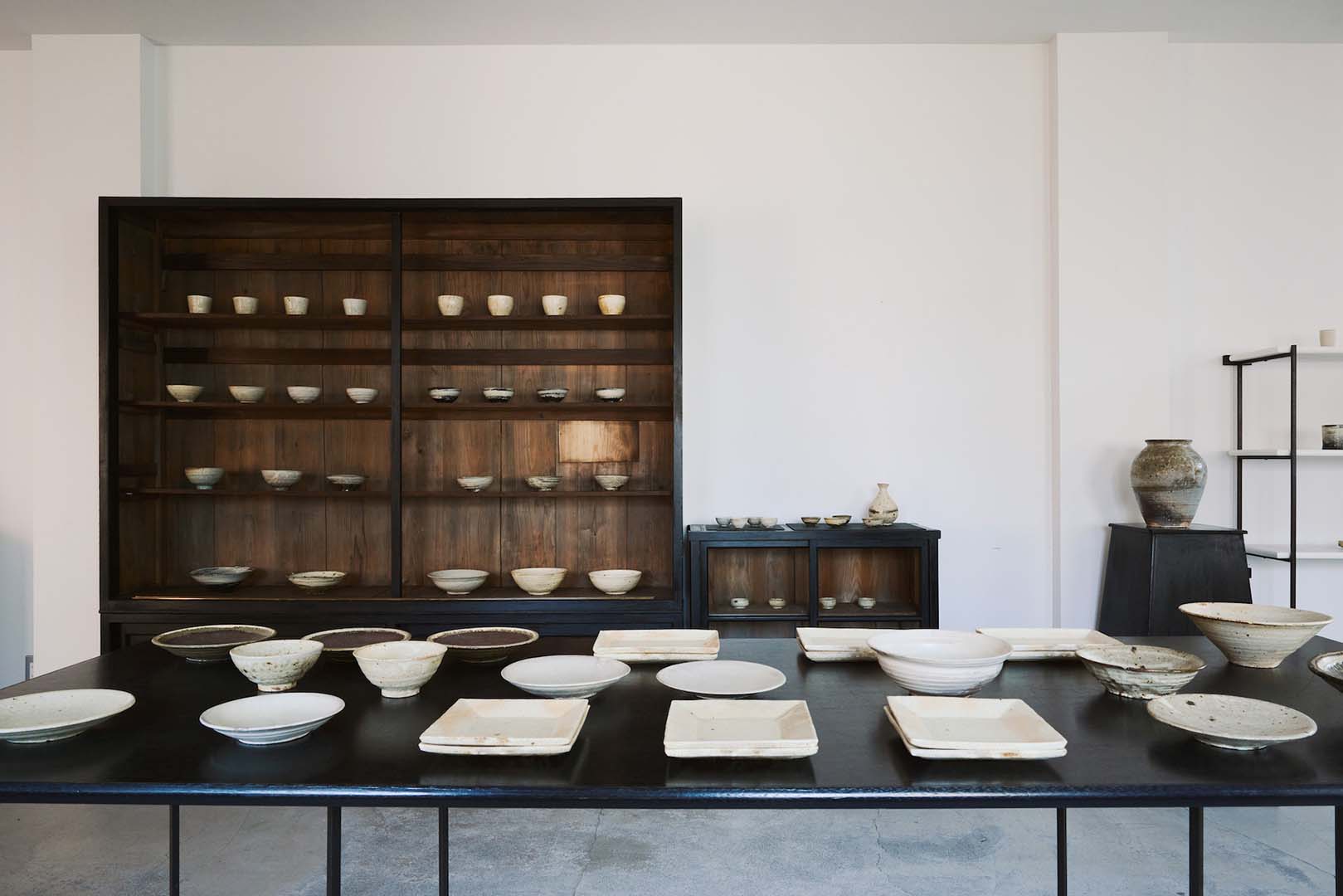
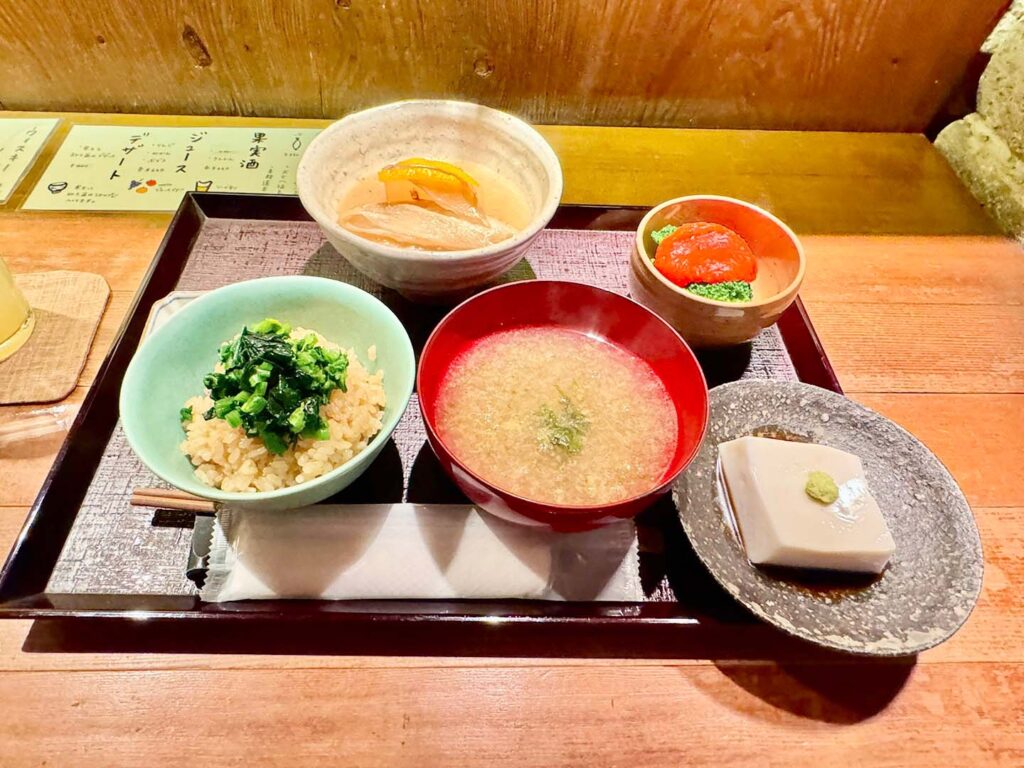
6 PM: NARUTOYA + TENZO
Located in front of Utsuwa Shoken KAMAKURA Concierge, this Japanese restaurant specializes in dishes made exclusively with seasonal Kamakura vegetables. Meals are served on tableware from Utsuwa Shoken.
A popular choice is the set meal, featuring deep-fried and boiled dishes, soup, rice, Japanese pickles, and sesame tofu.
From Shinjuku Station, a scenic train ride takes you through the hills and valleys of Hakone in about an hour and a half. Known for its numerous onsen (hot spring spas), Hakone has long been a favorite getaway for Tokyoites.
With its mix of Western-style hotels and traditional ryokan inns, stunning views of Mount Fuji (weather permitting!), the picturesque Lake Ashi with its iconic 'Pirate Boat,' and the majestic torii gate by the water, Hakone has become a bustling tourist destination. However, beyond the crowds, there are many museums and hidden gems worth exploring.
10 AM: POLA MUSEUM OF ART
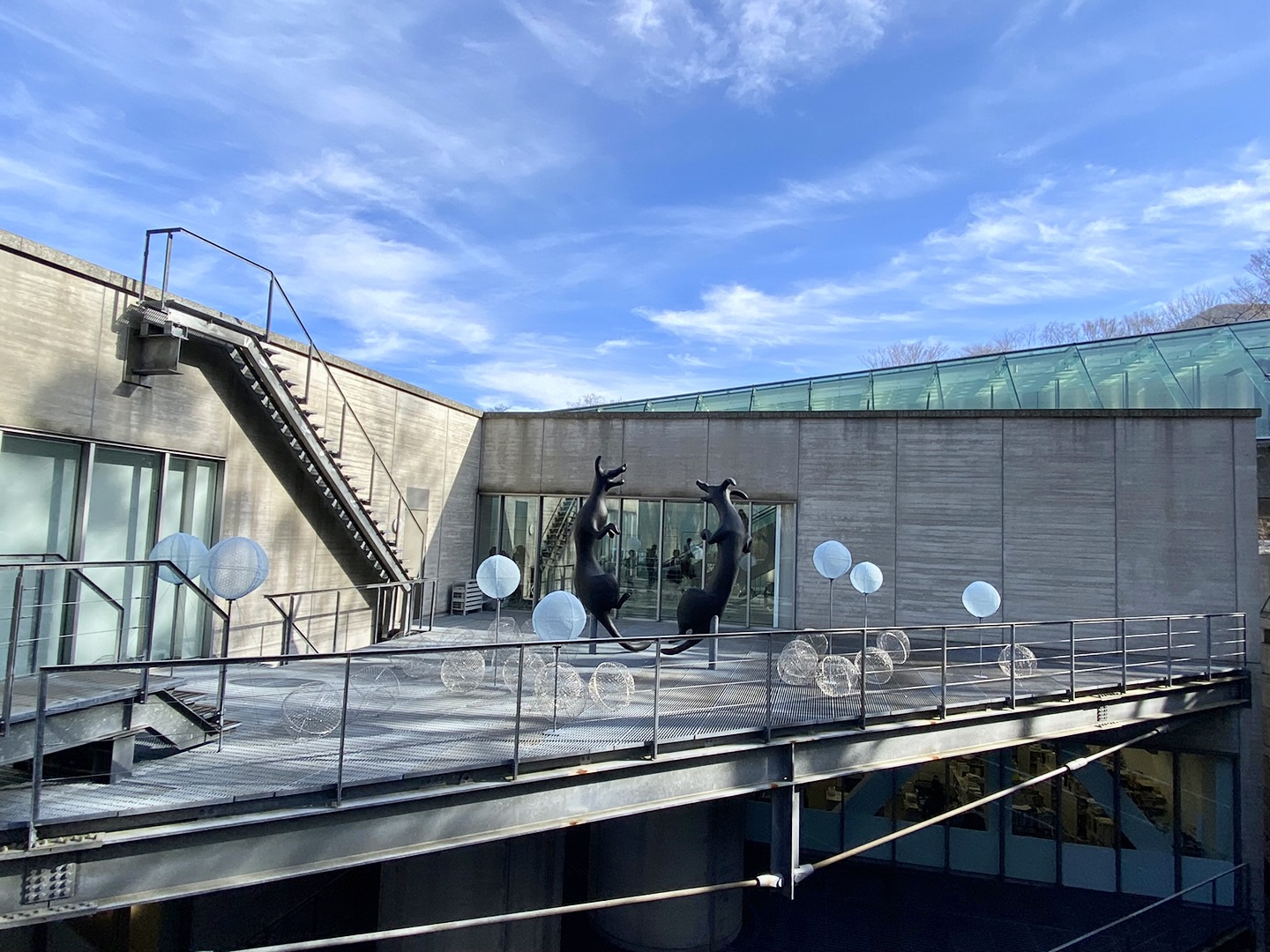
The Pola Museum of Artshowcases the collection of the second-generation president of POLA, one of Japan’s leading cosmetics companies. Designed by Nikken Sekkei—the firm behind Tokyo Skytree and Tokyo Dome—the building itself is an architectural highlight.
Regularly curating solo exhibitions of contemporary artists like Roni Horn and Philippe Parreno, the museum also houses masterpieces by Monet, Renoir, Picasso, Fujita, and Gerhard Richter. These are sometimes displayed alongside historic cosmetic utensils and perfume bottles from the extended POLA collection.
Beyond the indoor galleries, a forest promenade features outdoor installations by artists such as Roni Horn and Ai Weiwei. In 2024, the museum acquired Félix González-Torres’s Untitled (America #3).
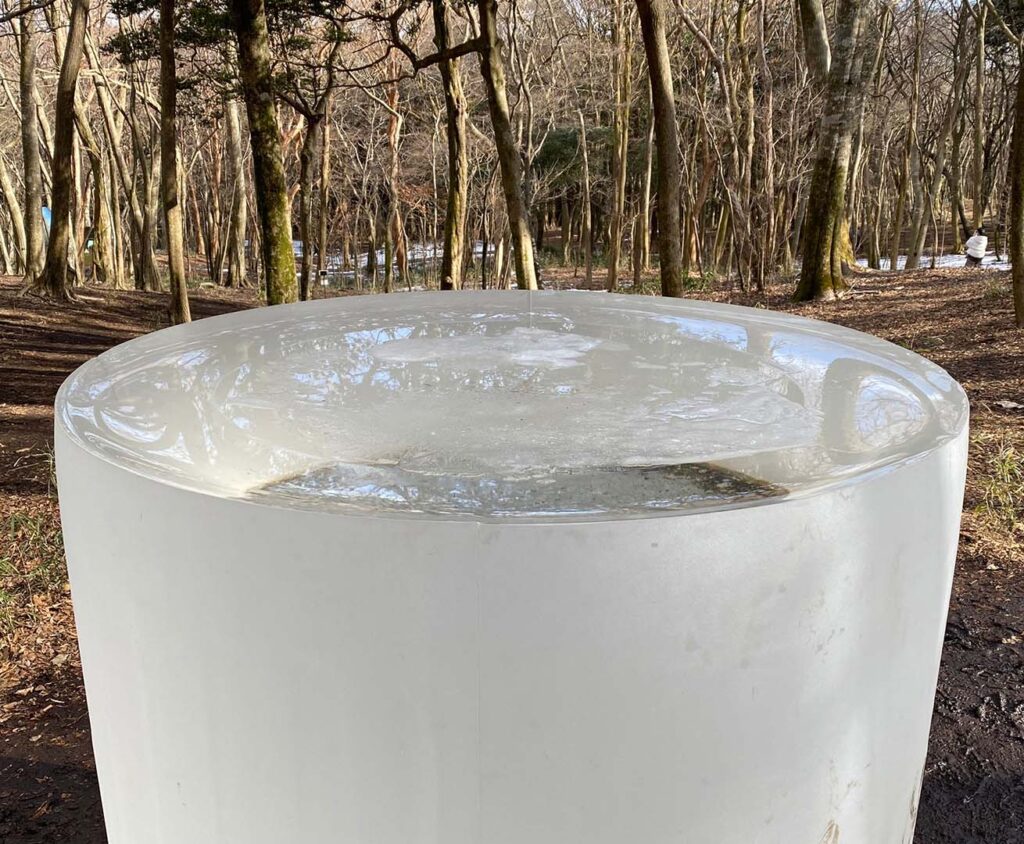
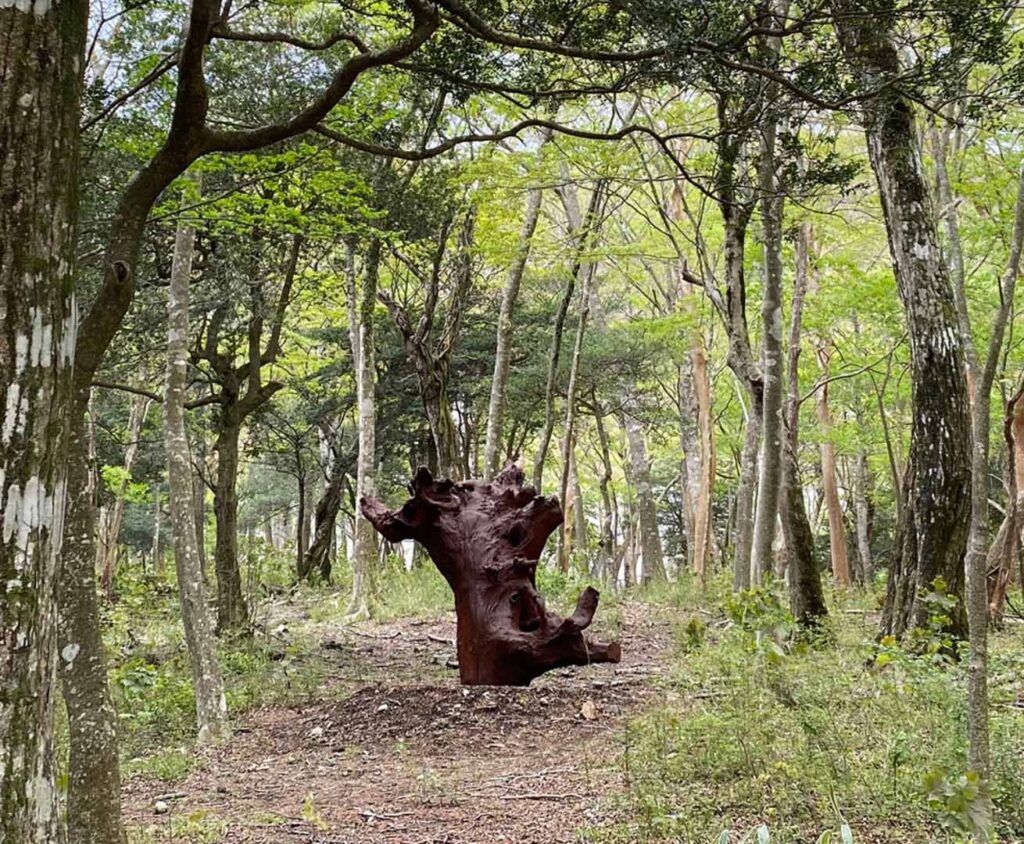
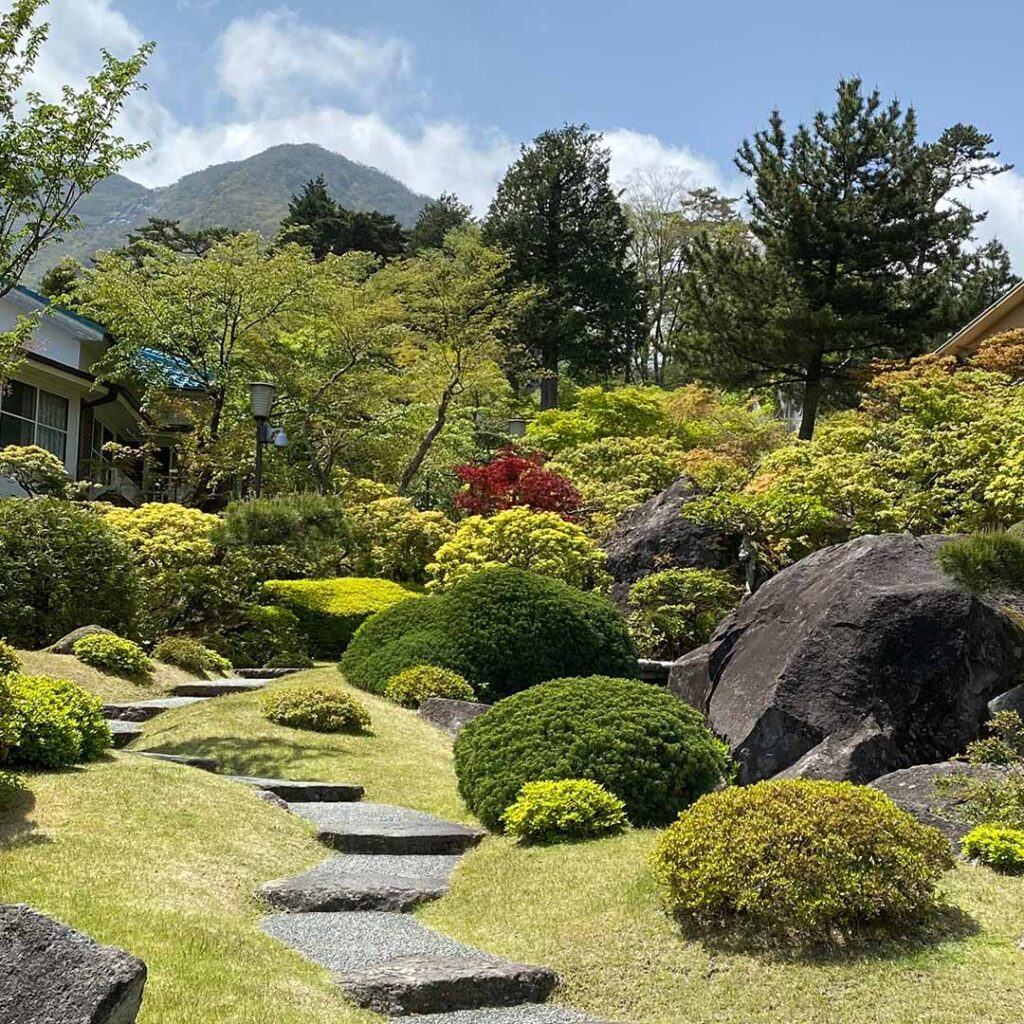
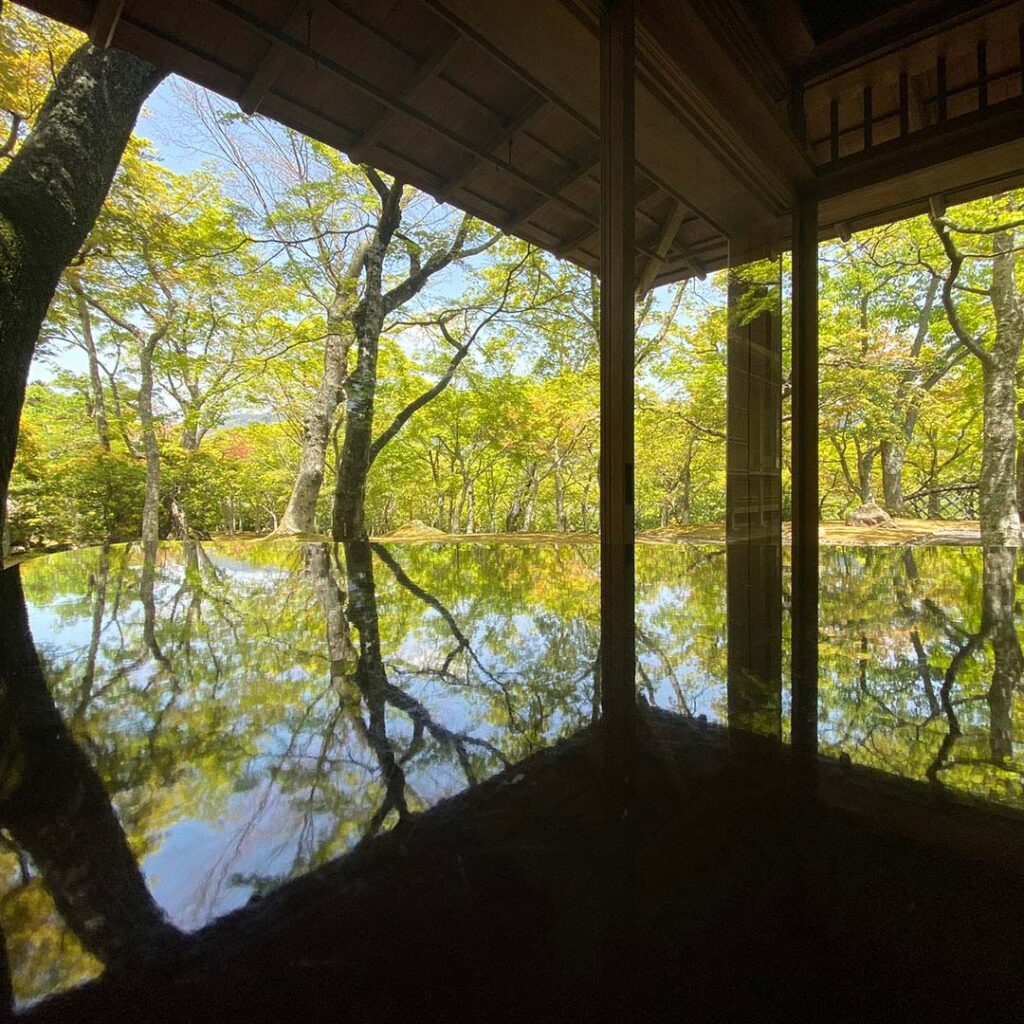
11:30 AM: HAKONE MUSEUM OF ART
Landscaping of Shinsenkyo began in 1944, before the end of World War II, and the Hakone Museum of Art opened in 1952. In 2021, it was designated a national scenic spot.
The meticulously maintained garden features rounded, pruned trees, sculpted mountains, streams, waterfalls, and winding paths, forming a 'stone paradise.' The moss garden, lush and green in spring and summer, turns vibrant red in autumn, while in winter, it is covered with straw—or sometimes a blanket of snow.
Inside the museum, a remarkable ceramic collection assembled by founder Mokichi Okada is displayed, including a Jomon flame jar, Haniwa tomb sculptures, and Oribe ware.
At the teahouse, visitors can enjoy seasonal sweets and naturally grown powdered green tea while admiring the moss garden. The jet-black tables, reflecting the changing scenery, have become a popular photo spot.
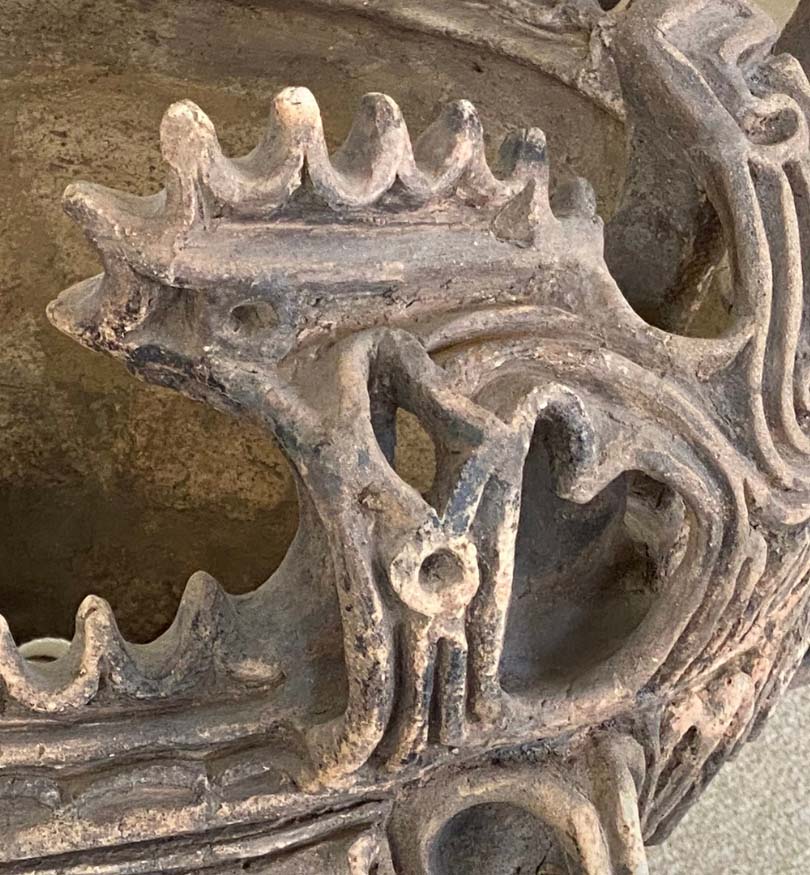
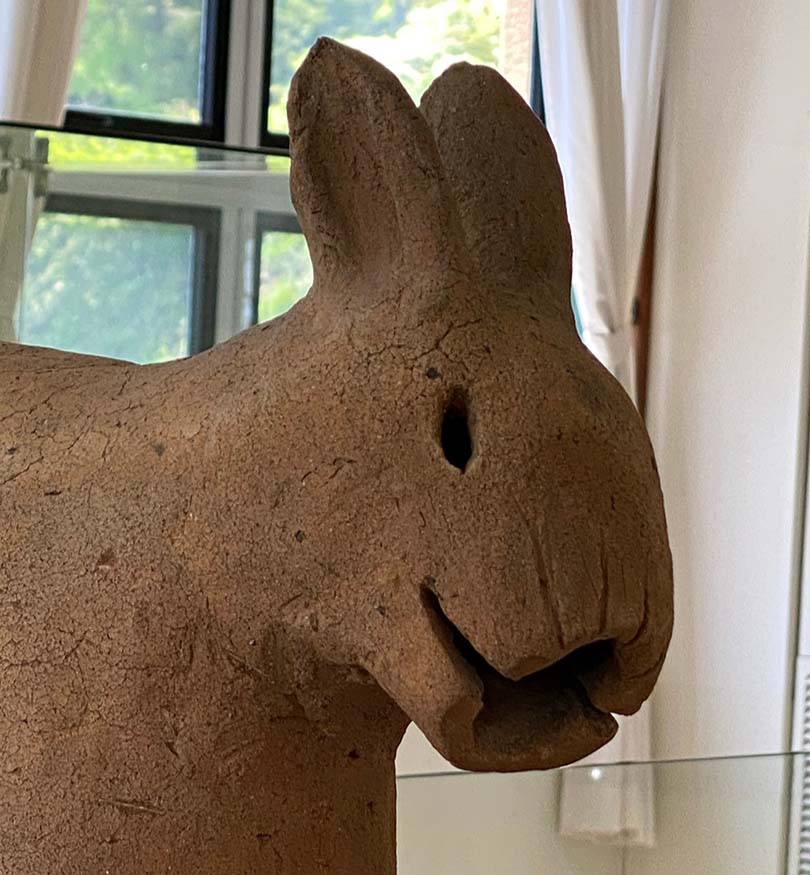
1 PM: OKADA MUSEUM OF ART
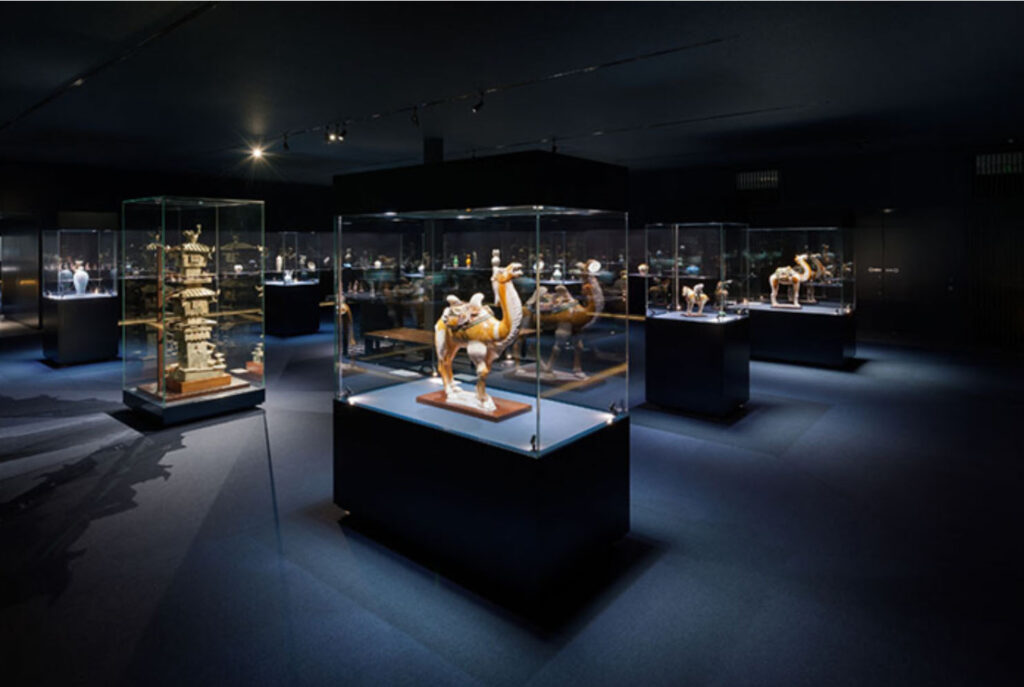
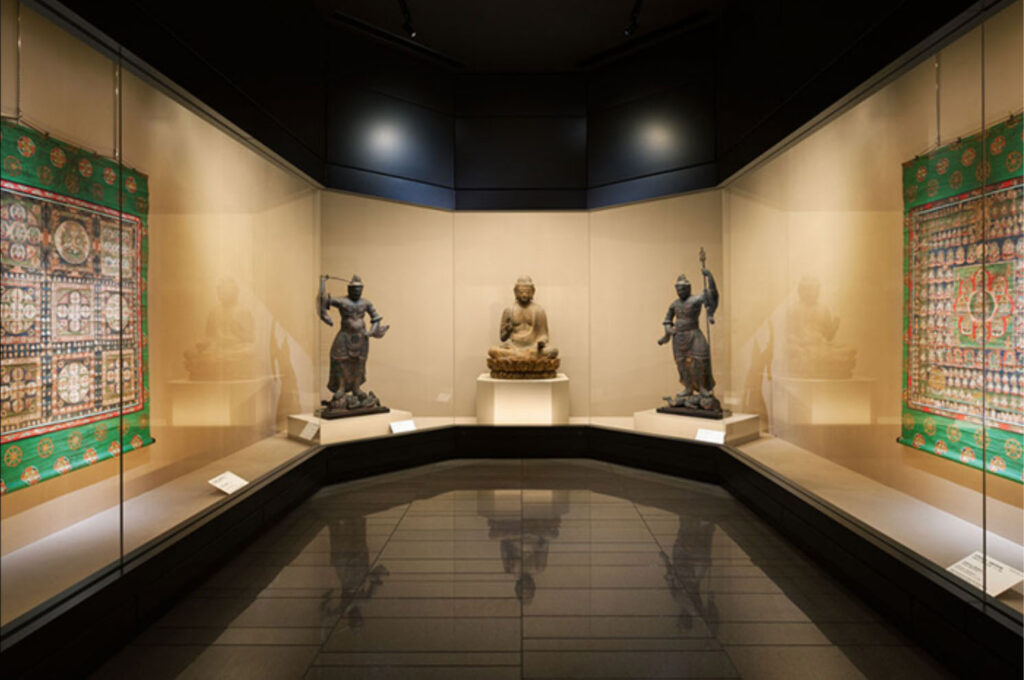
Tucked away in the hills, Okada Museum of Artis a hidden gem, housing an exceptional collection of Asian lacquerware, Japanese paintings and folding screens, and Ukiyo-e woodblock prints by masters like Hokusai and Utamaro. Its rare Chinese wares span from ancient times to the Qing dynasty, alongside exquisite Korean Goryeo and Joseon ceramics and Japanese antiquities. A small room is also dedicated to rare Shunga prints—a must-see!
Note: Cameras and smartphones must be consigned at the entrance.
Descending from Hakone’s mountains, you’ll find Odawara, a historic fishing town known for its fresh seafood restaurants. Once a thriving post station on the Tōkaidō highway between Edo and Kyoto, Odawara and its castle suffered damage from the 1923 Great Kanto Earthquake and WWII bombings. The current castle donjon, a 1960 reconstruction of its late Edo-period form, offers panoramic views of Sagami Bay from its main tower.
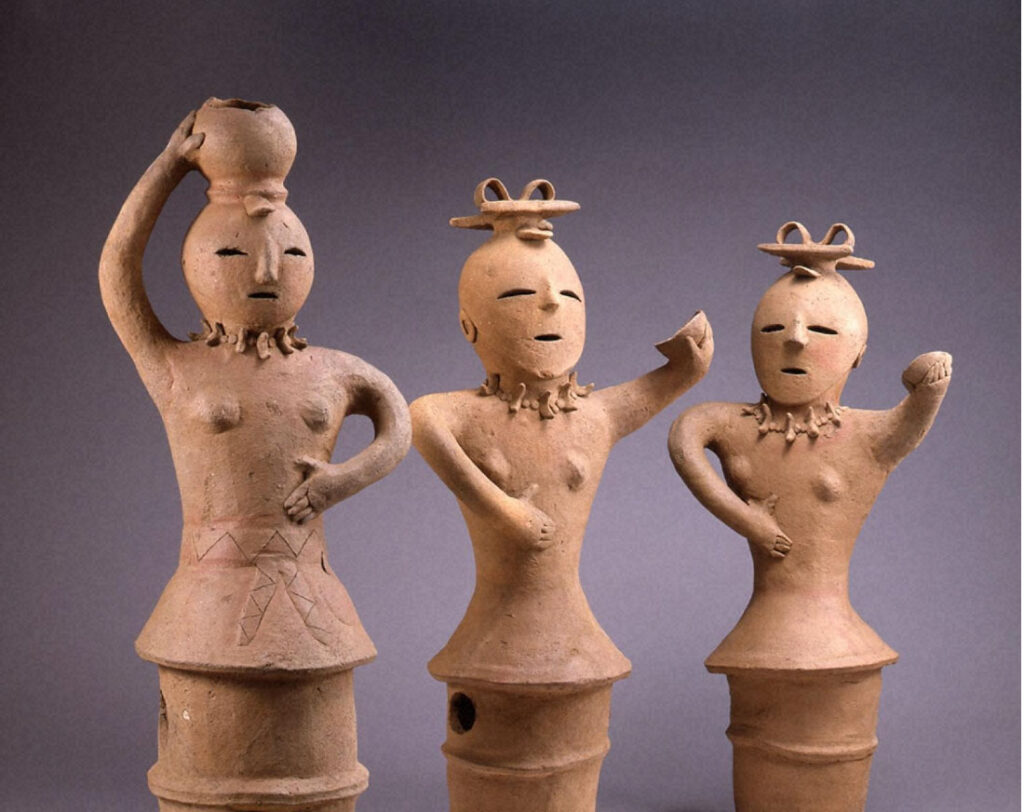
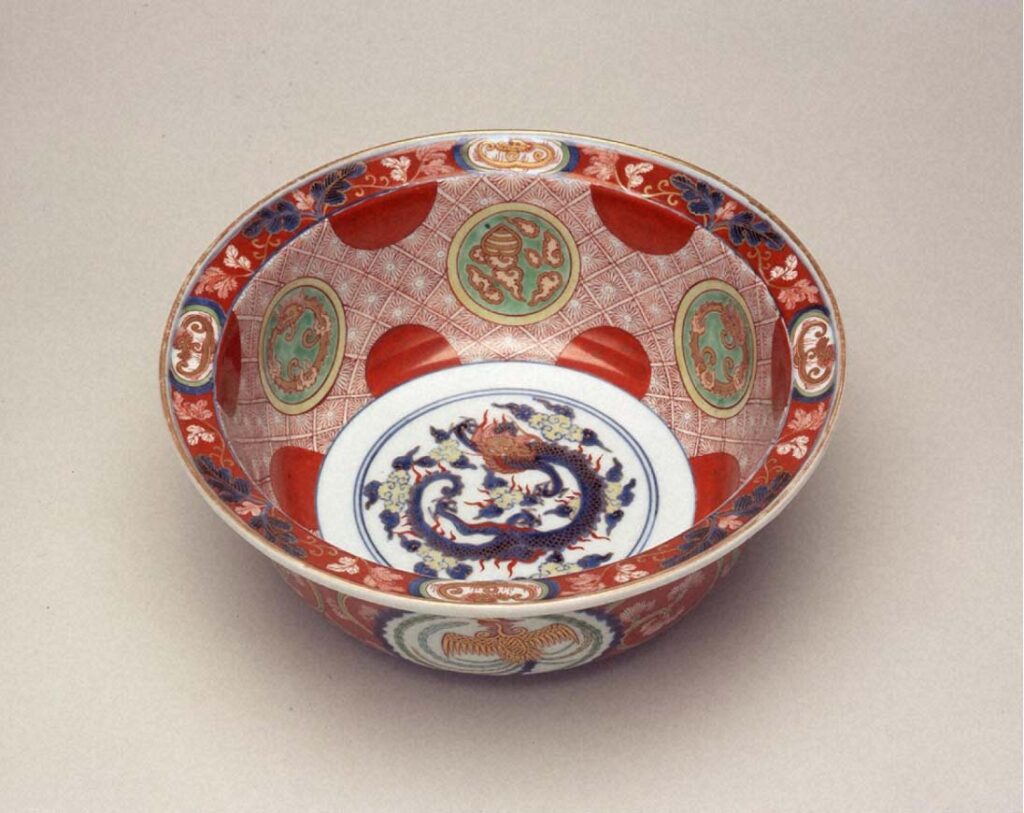
3:30 PM: ENOURA OBSERVATORY, ODAWARA ART FOUNDATION
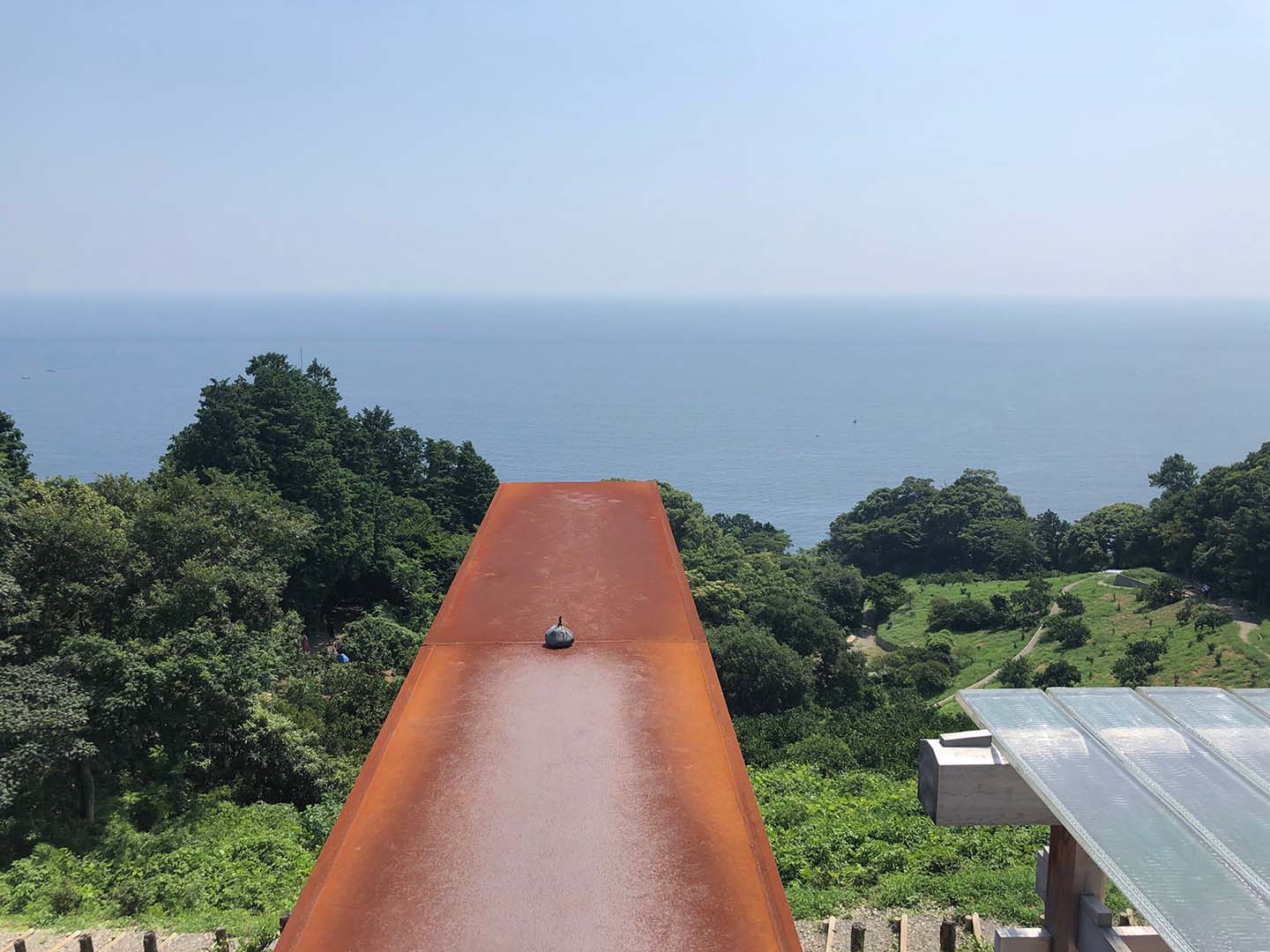
Founded by internationally acclaimed artist Hiroshi Sugimoto in 2009 and opened in 2017, the Odawara Art Foundationaims to share and advance Japanese culture with a global audience.
Designed by Sugimoto himself, the Enoura Observatory overlooks Sagami Bay as a breathtaking piece of land art, dedicated to the contemplation of nature and the Pacific Ocean. The site serves as a cultural forum, featuring a gallery space, a Noh stage, the restored Tenshō-an tea room, and a strolling garden.
Note: Advance reservation required.
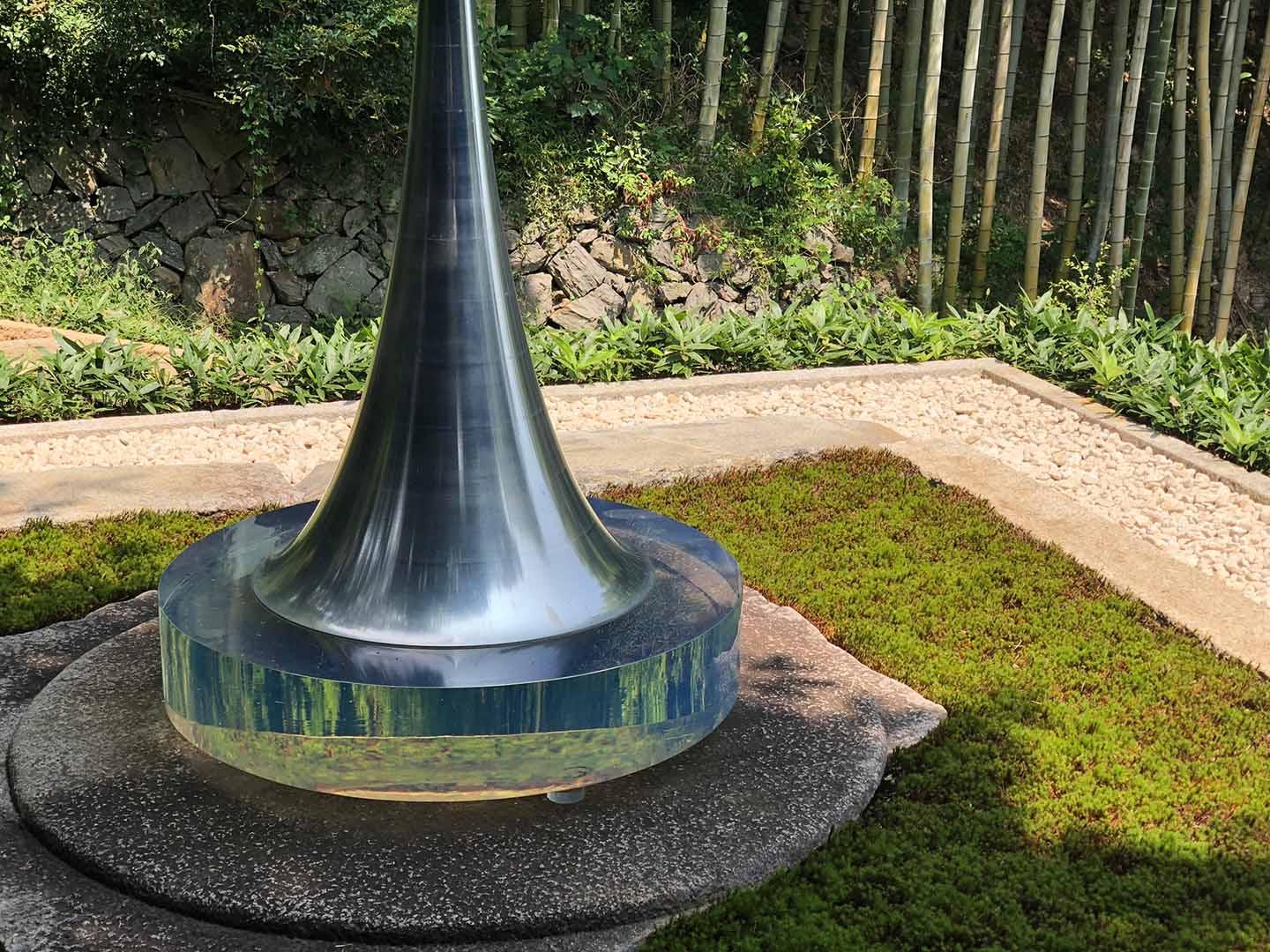
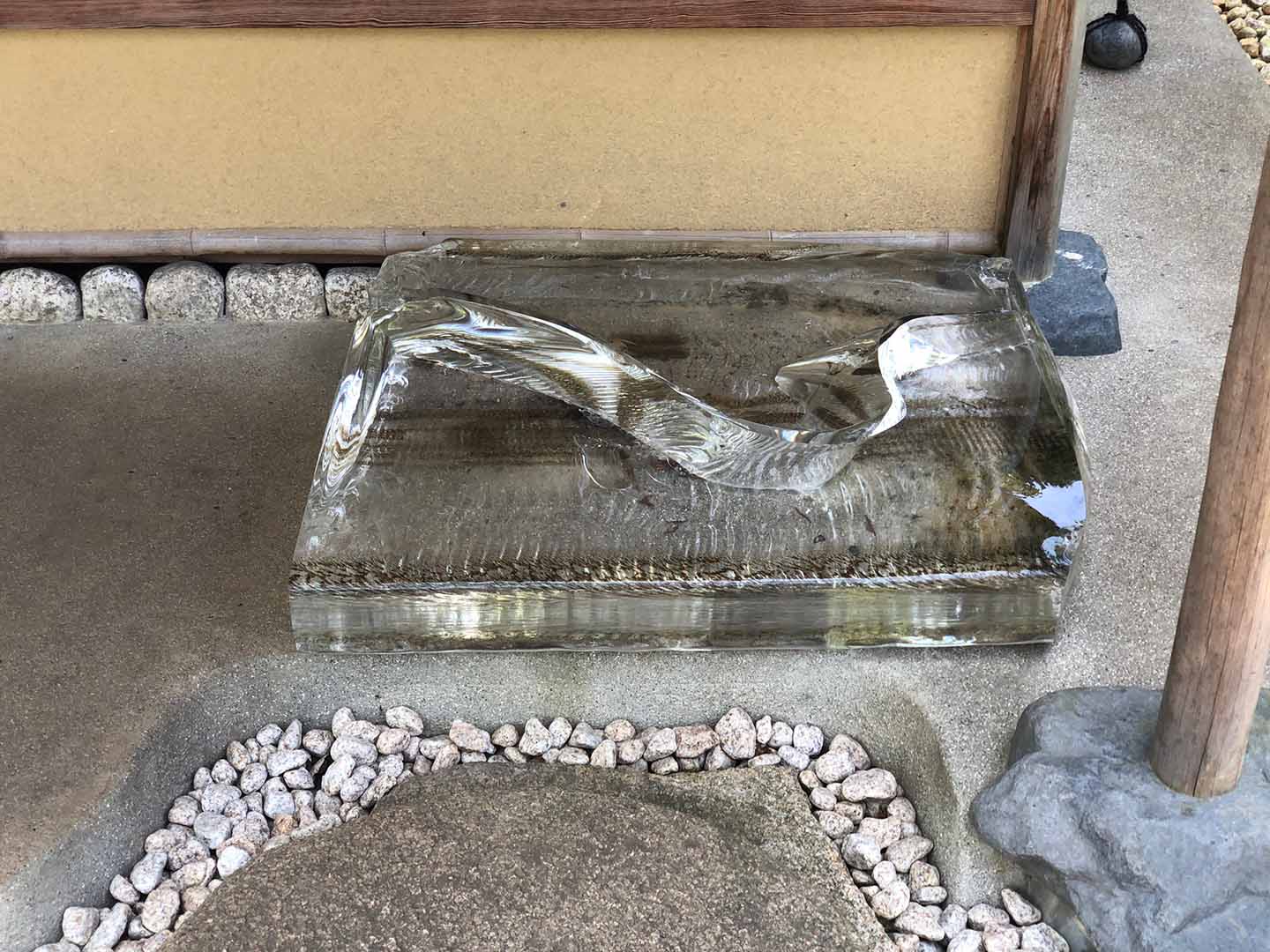
5 PM: UTSUWA NANOHANA

UTSUWA NANOHANAhas two locations: a seafront space dedicated to solo exhibitions and a permanent store with a café in the basement of Odawara Station. Its collection includes Taizo Kuroda porcelains, Yuichi Inoue calligraphy, and Panari wares from Okinawa.
The gallery is housed in the renovated birthplace of the owner of Nanohana, a long-established onsen manju (hot spring steamed bun) and wagashi (Japanese confectionery) business in Odawara and Hakone. With luck, visitors may also see Yuichi Inoue’s calligraphy and paintings displayed alongside the ceramics.
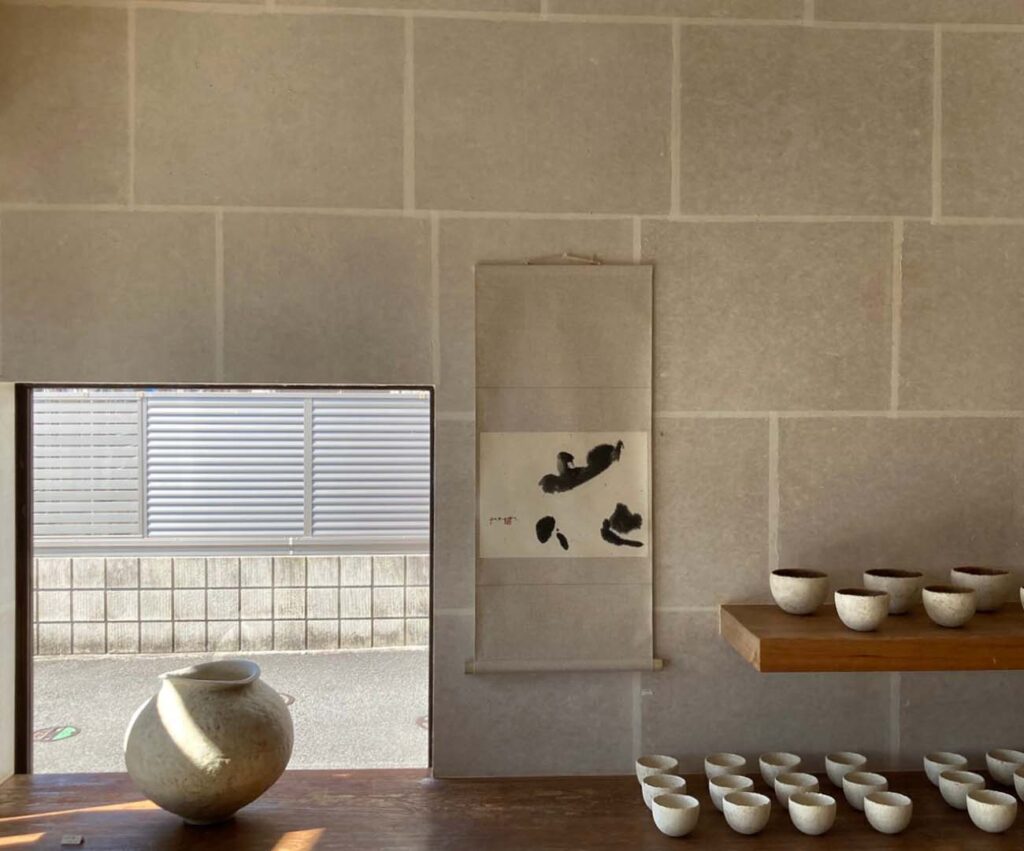
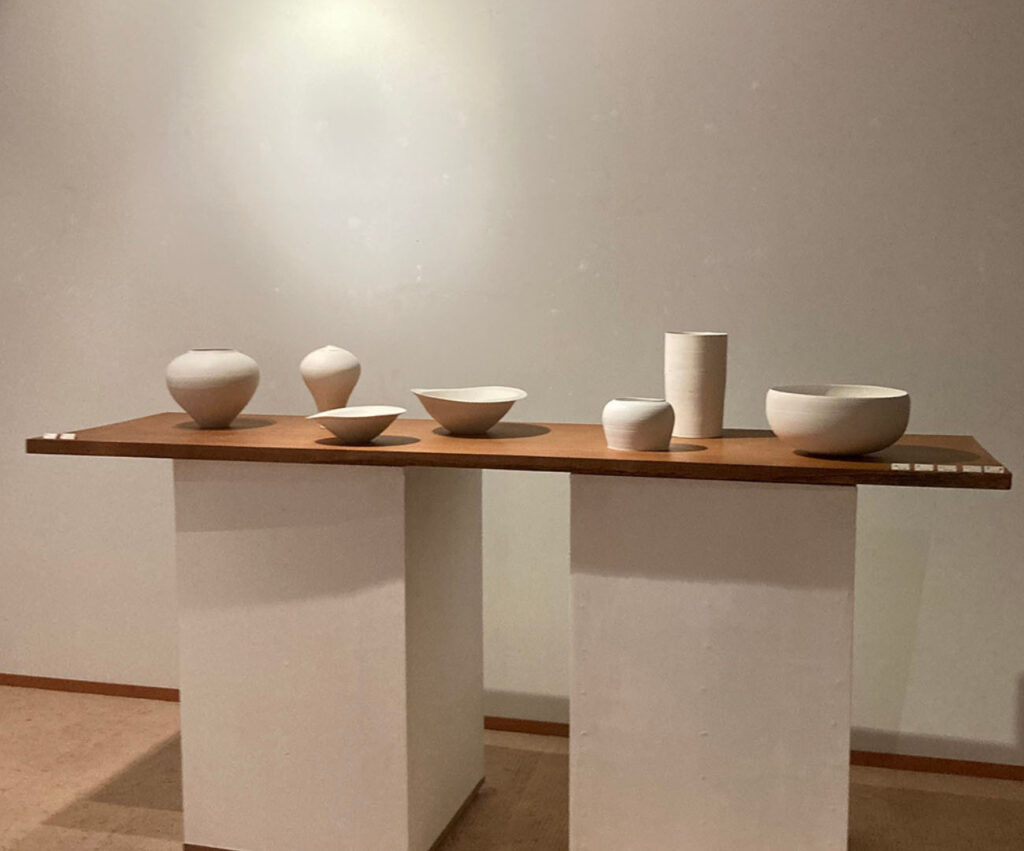
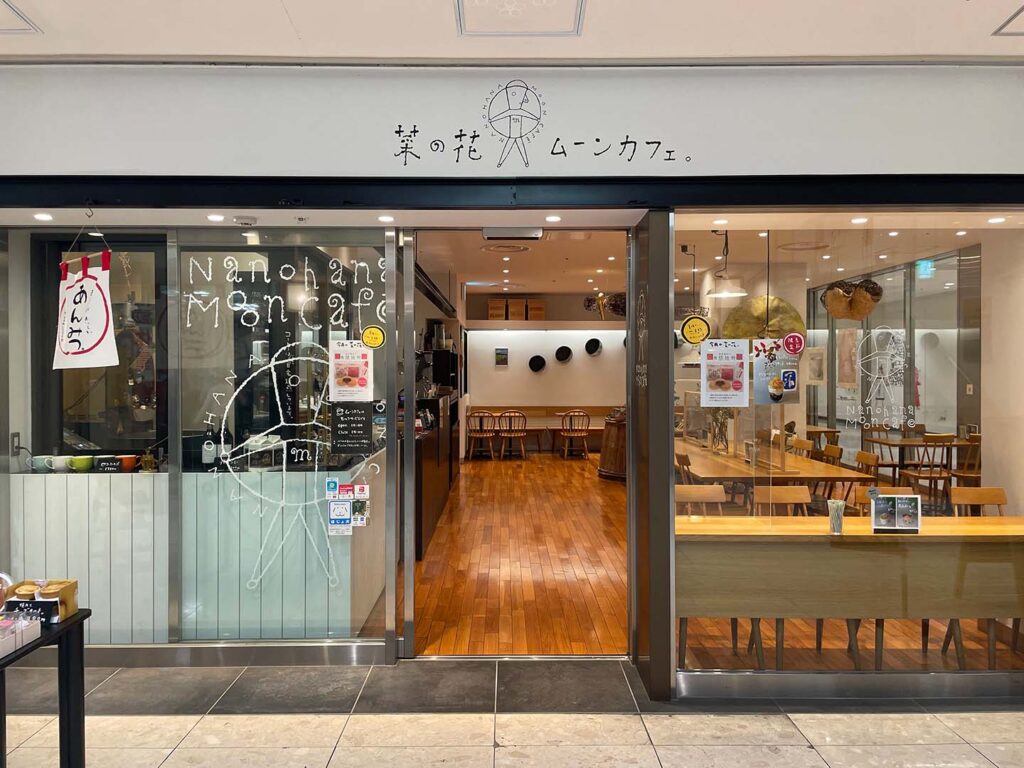
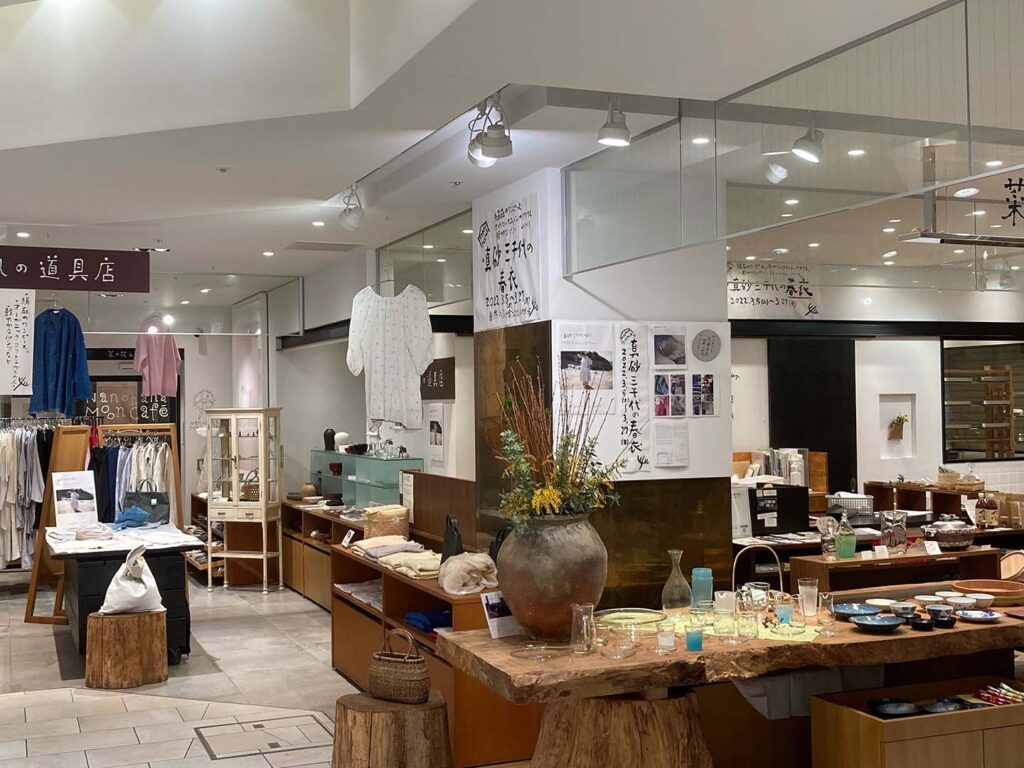
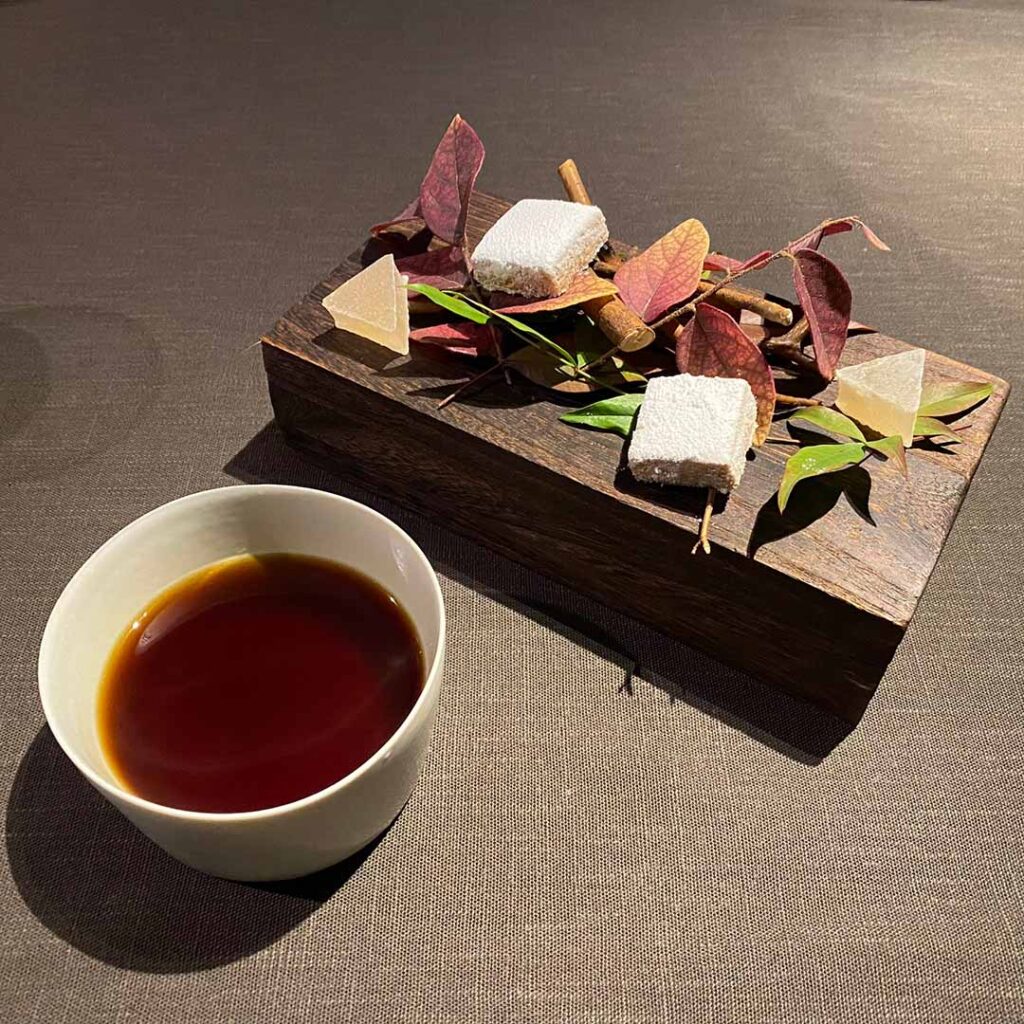
7 PM: MECIMO (French restaurant)
This restaurant offers French cuisine crafted with fresh seafood and vegetables from Odawara, served on vessels by Naotsugu Yoshida, a disciple of Taizo Kuroda. The wine pairing is exceptional.
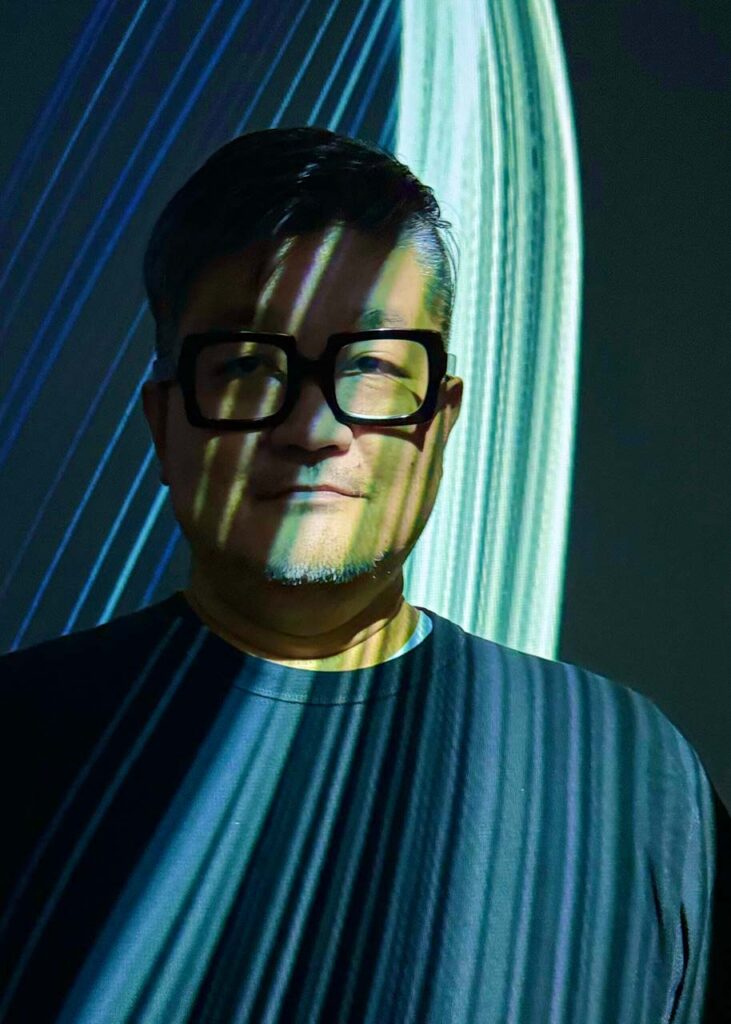
In December 2010, while working for a fashion brand, Takashi Takamoto began collecting vessels, starting with two teacups by Teppei Ono. He attended the exhibition, organized by Takashi Murakami’s gallery, through a connection with a designer. Over the years, Takamoto has planned and managed special events and cafes for luxury and fashion brands and designed and sold many popular bags.
Parallel to his fashion career, he has collected tableware, tea bowls, teacups, vases, and objects by artists such as Shigeyoshi Morioka, Yuriko Morioka, Shingo Arakawa, Hono Kim, Ryohei Yamamoto, Rinpei Watanabe, Shiro Shimizu, Yoji Yamada, Naotsugu Yoshida, Kazumi Tsuji, and others. Currently, he creates works in which his ceramic collections are traced, patterned, and sewn into bags, marking the beginning of his new career as an artist. website
Matthieu Manche is a visual artist born in 1969 in Grenoble, France. Arriving in 1997, he spent more than a decade and a half in Japan. After a period in Europe, including Brussels, he is now based in Tokyo. Manche’s artwork spans various media: installations, sculpture, clothing, photography, video and performance, drawing, wall drawing, and print. And now, ceramics is his primary medium.
His work explores themes of the body and its functions/dysfunctions, limitations, classification, categorization, gender, borders, and the uncanny. He has participated in numerous solo and group exhibitions in Japan, France, the U.S., and globally. Last year, Manche completed a year-long residency at Shigaraki Ceramic Cultural Park in Shigaraki, Japan, and is now seeking a location to build a kiln of his own design. website
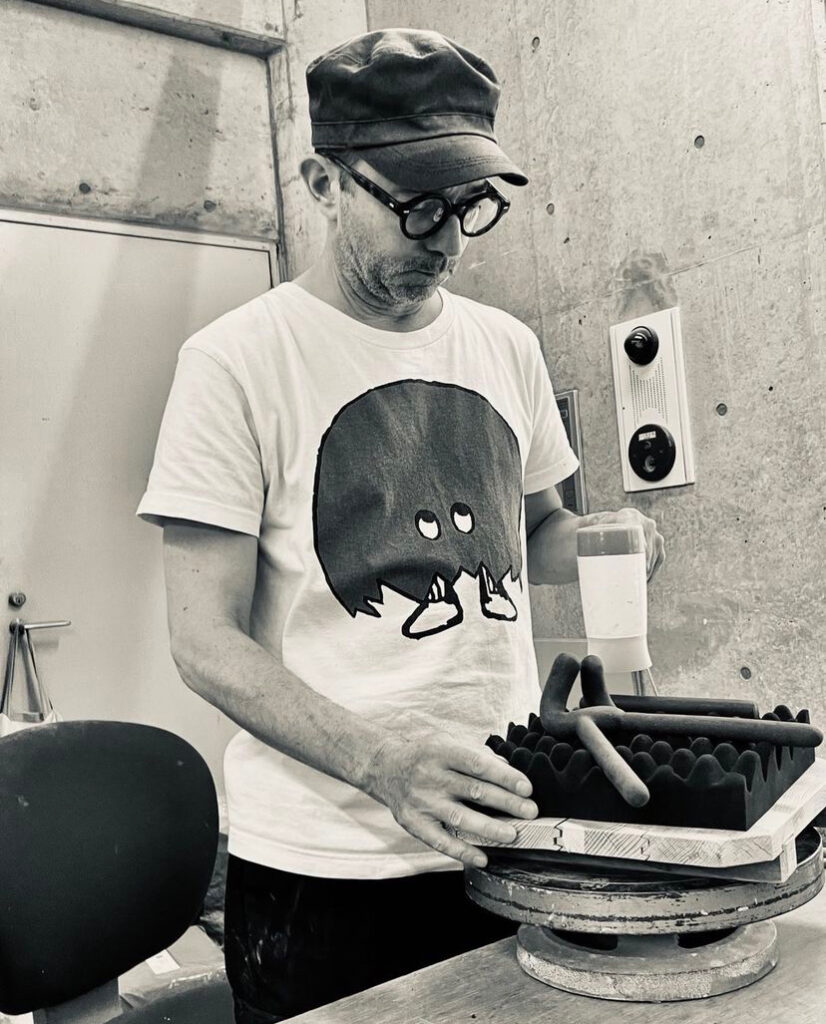
Want to see our next ceramic guide to a city? Cairo, Egypt and Hawaii, US are coming next! You too can feature ceramic destinations in your city. To share a guide, event, exhibition news, or research, visit our CONNECT PAGEfor more information!
Don't forget to subscribe to our newsletter for updates on all things ceramics!
